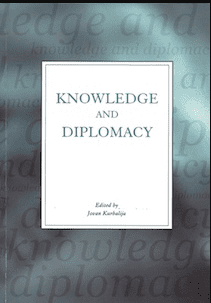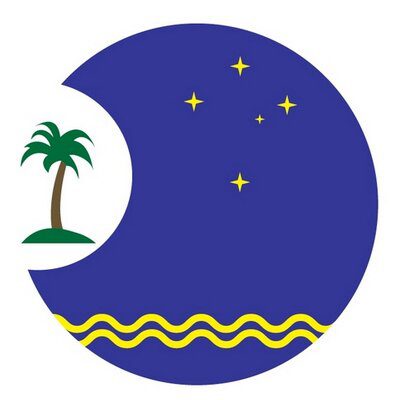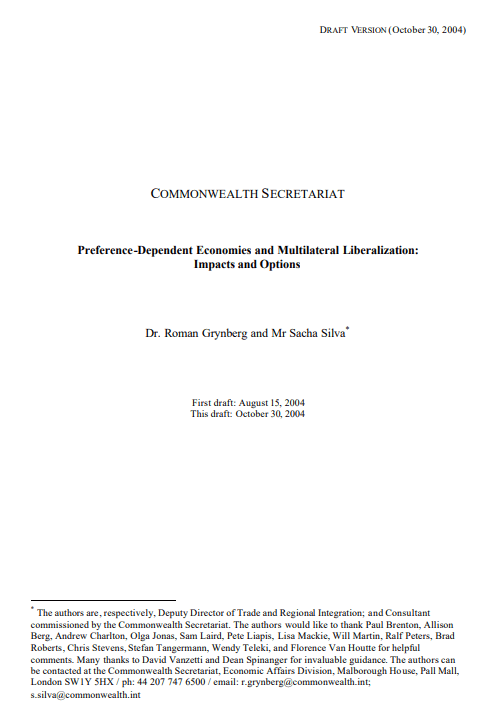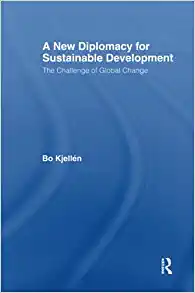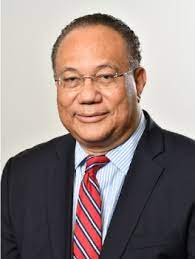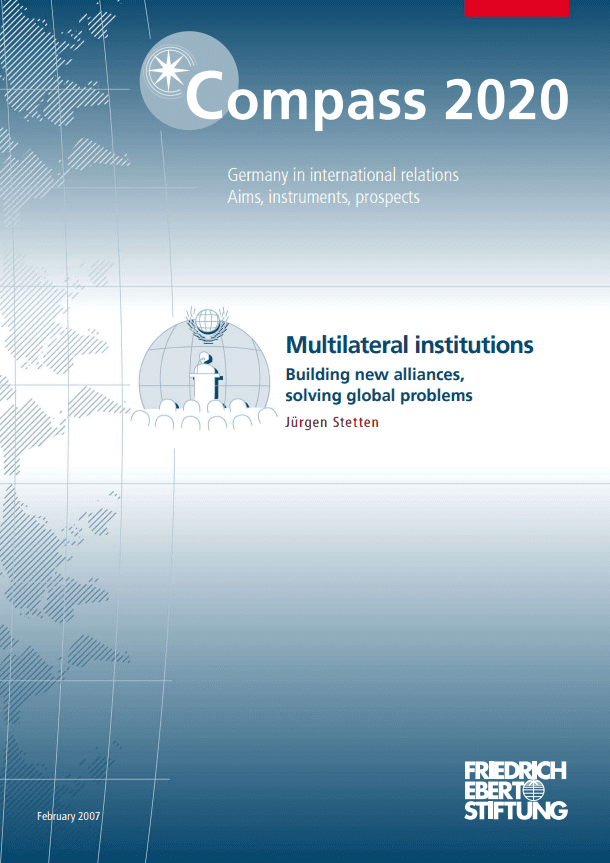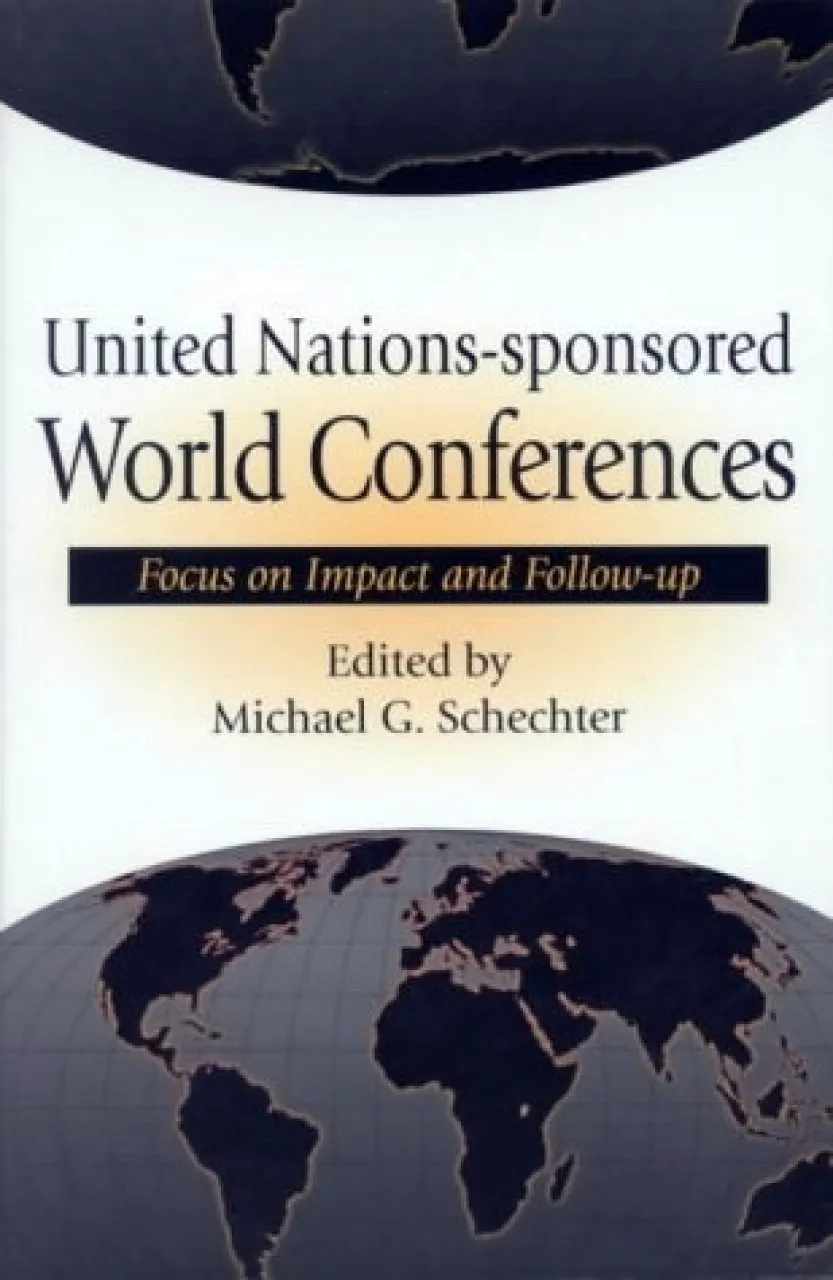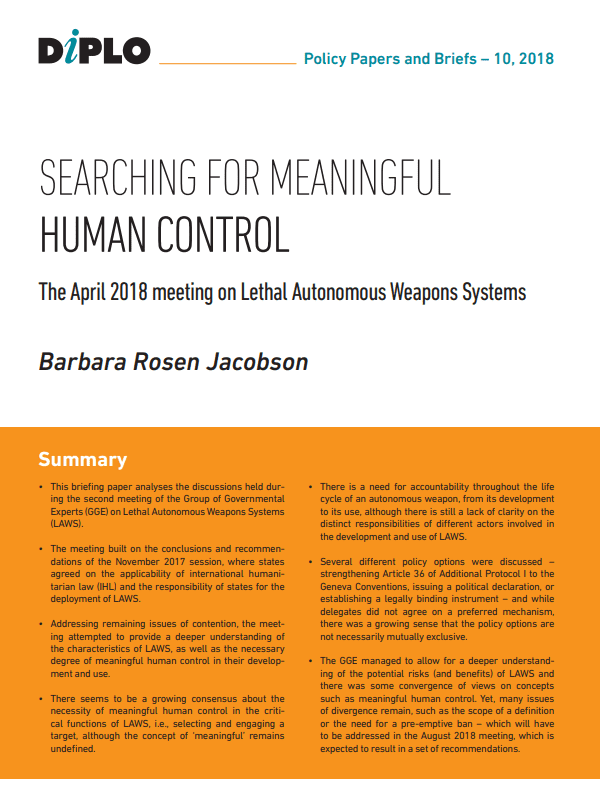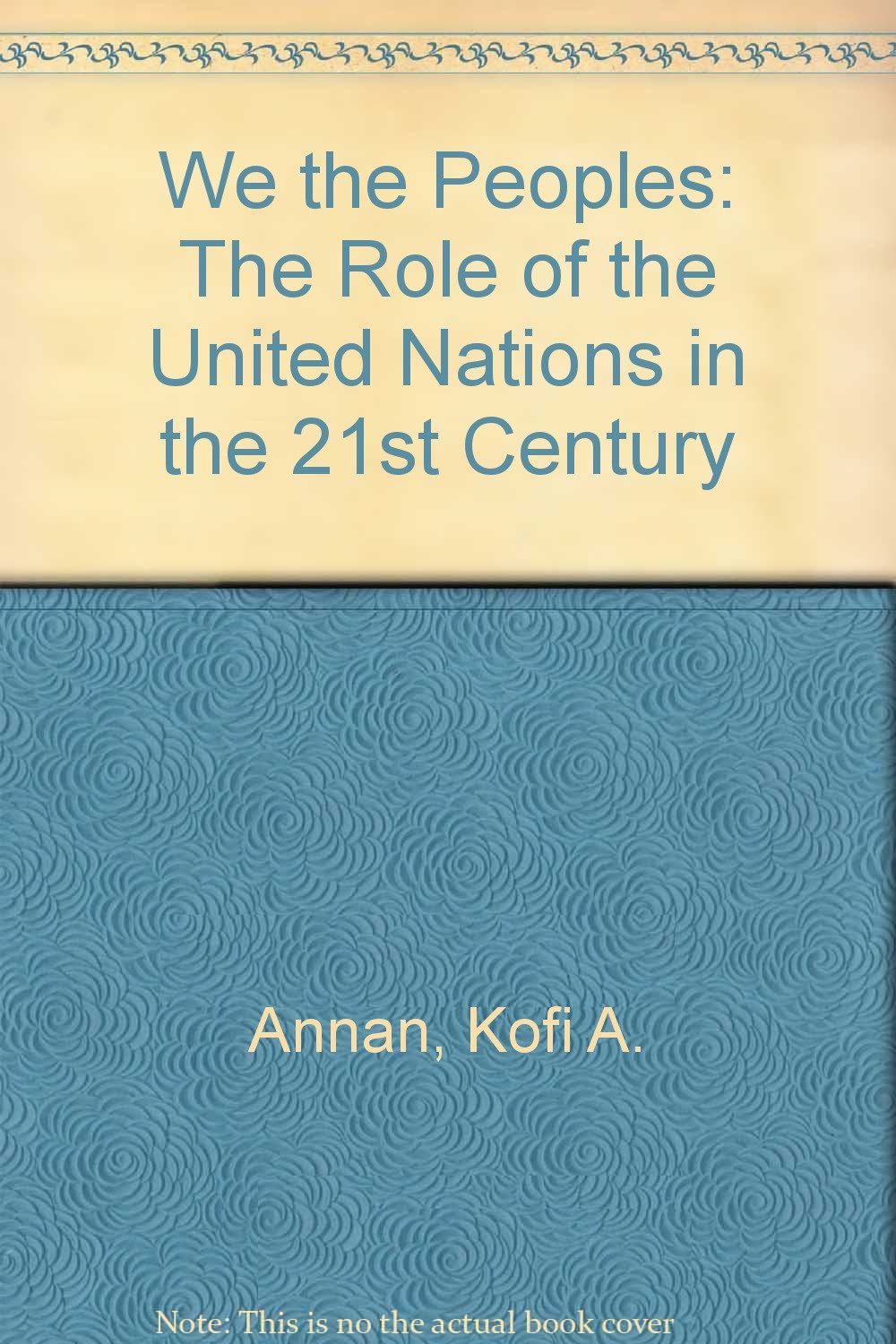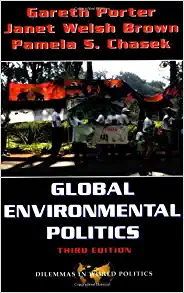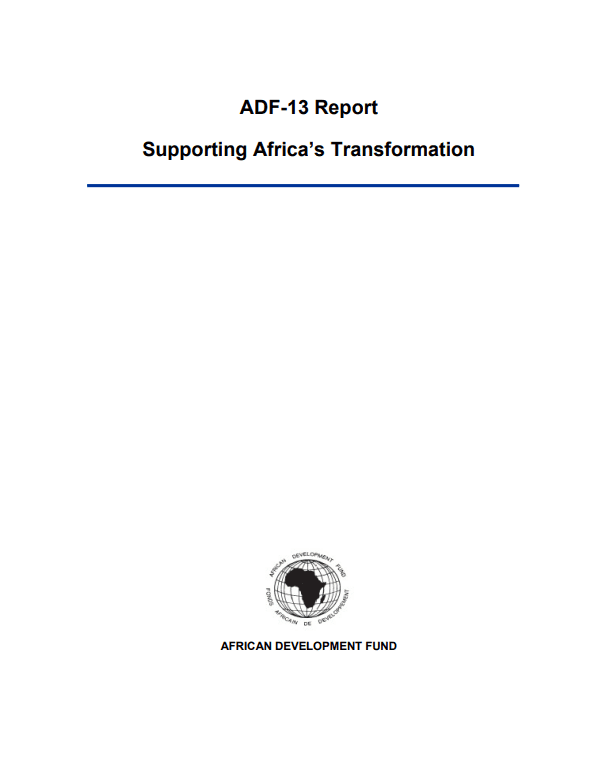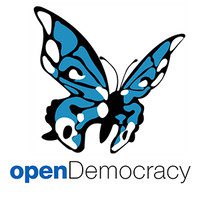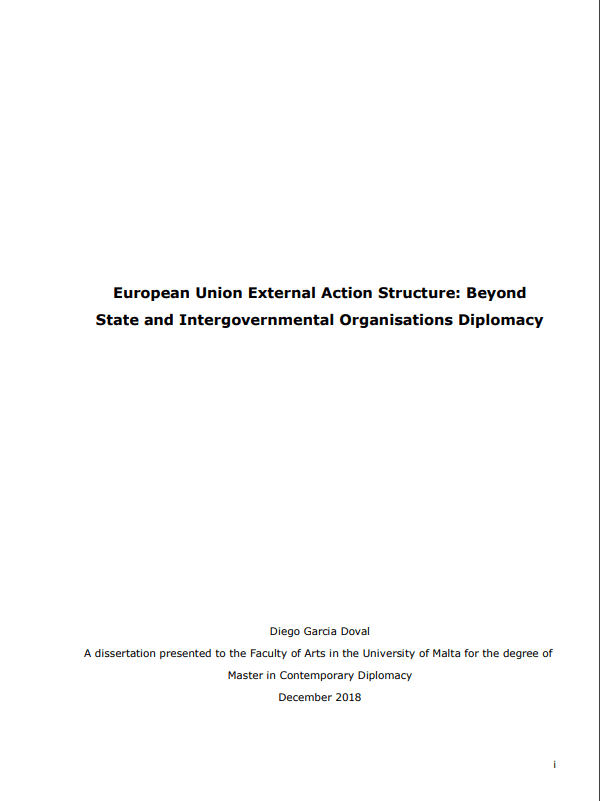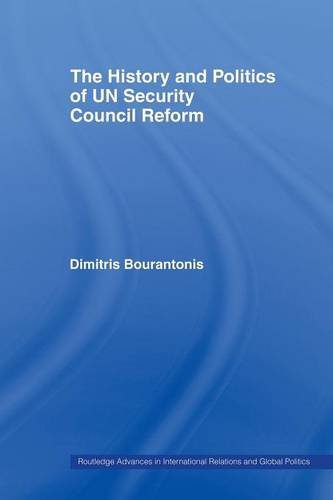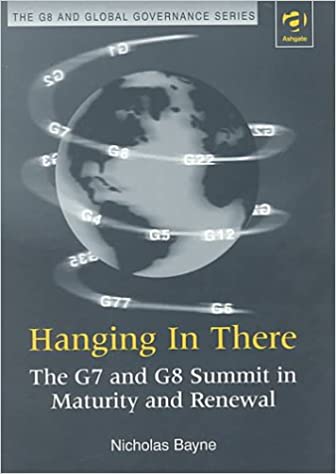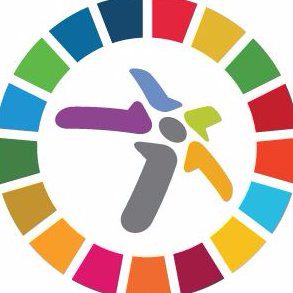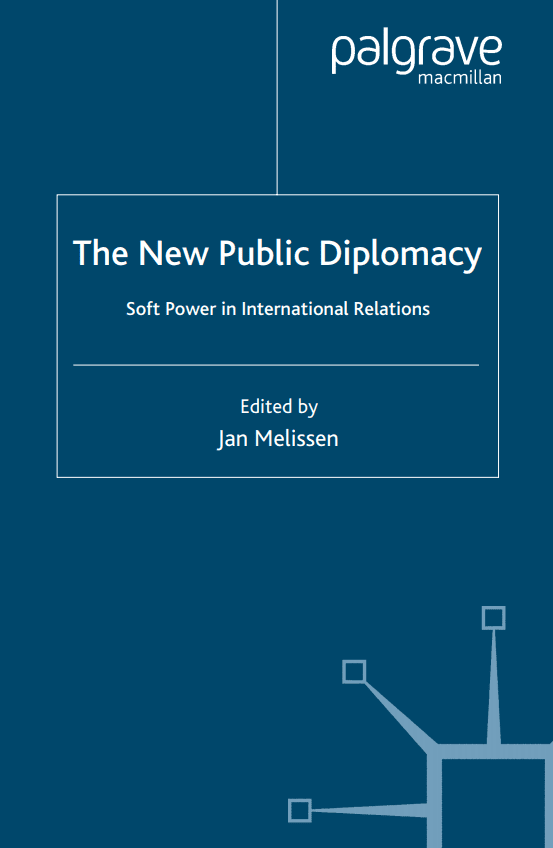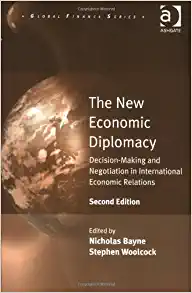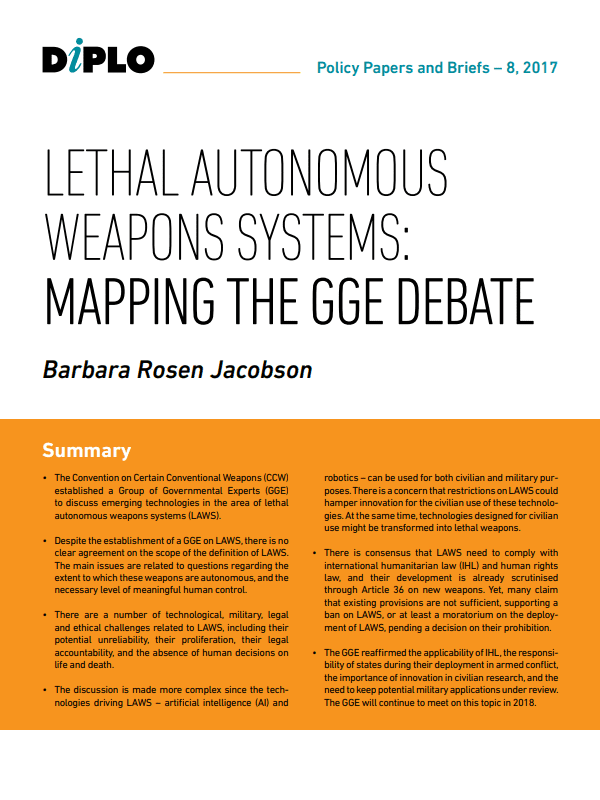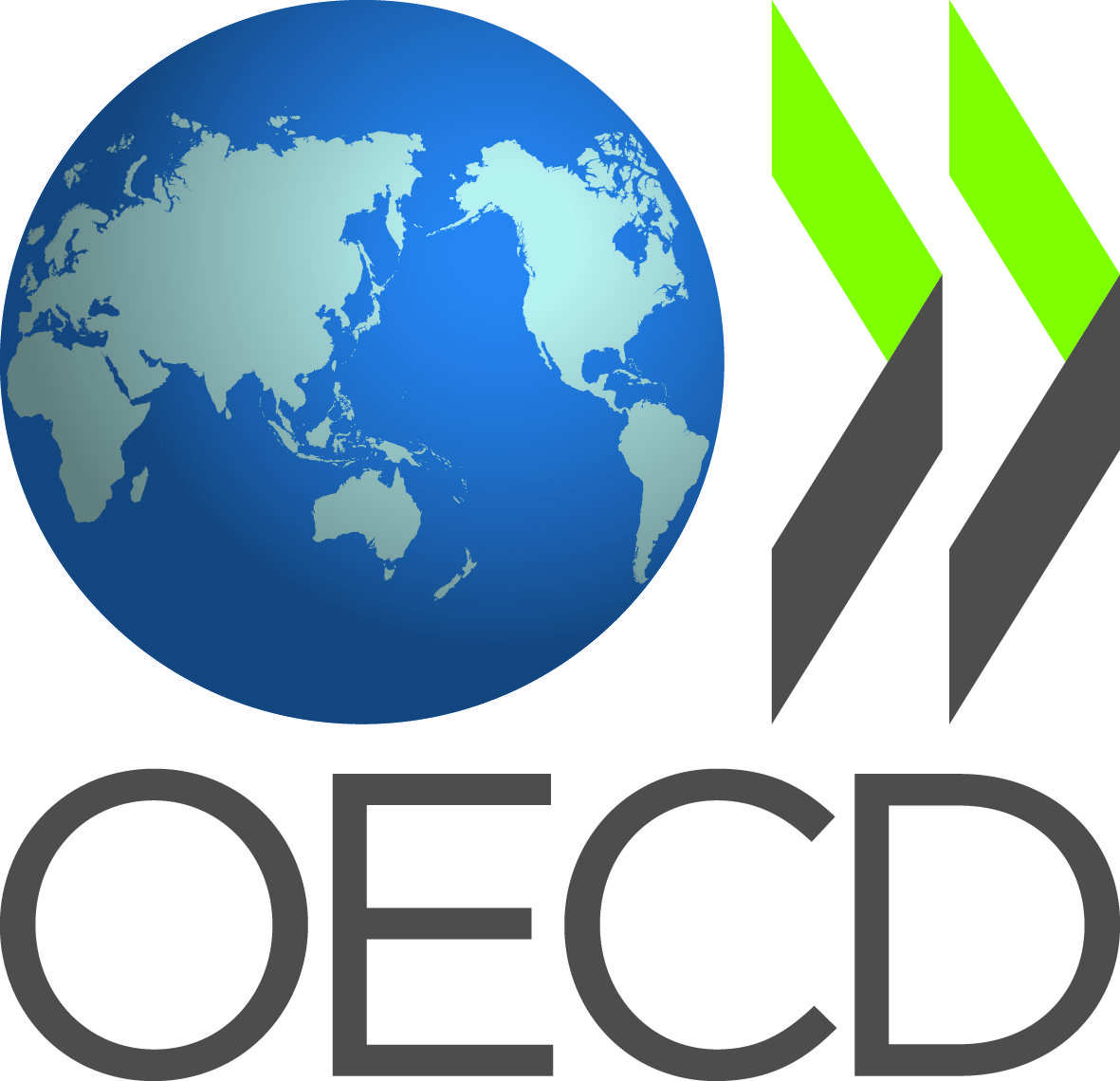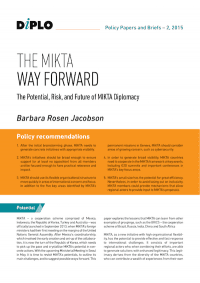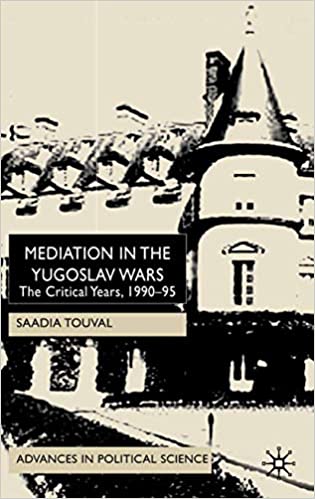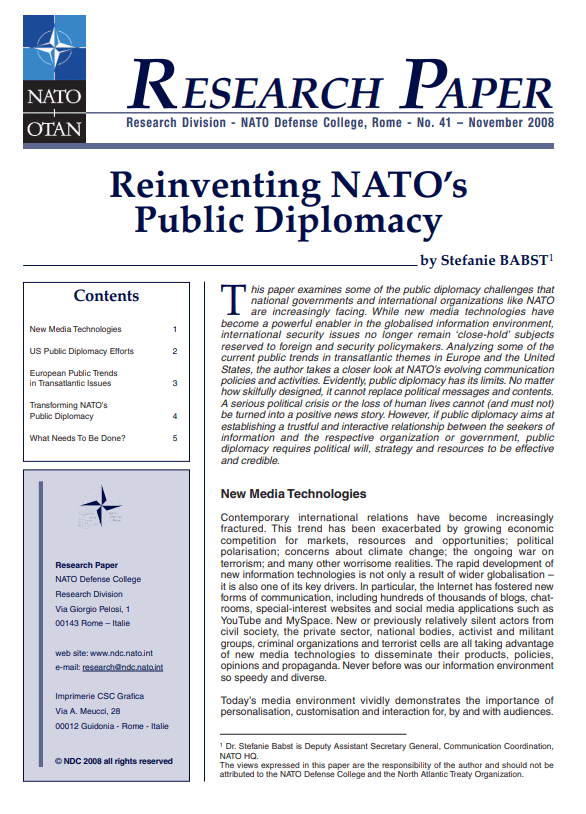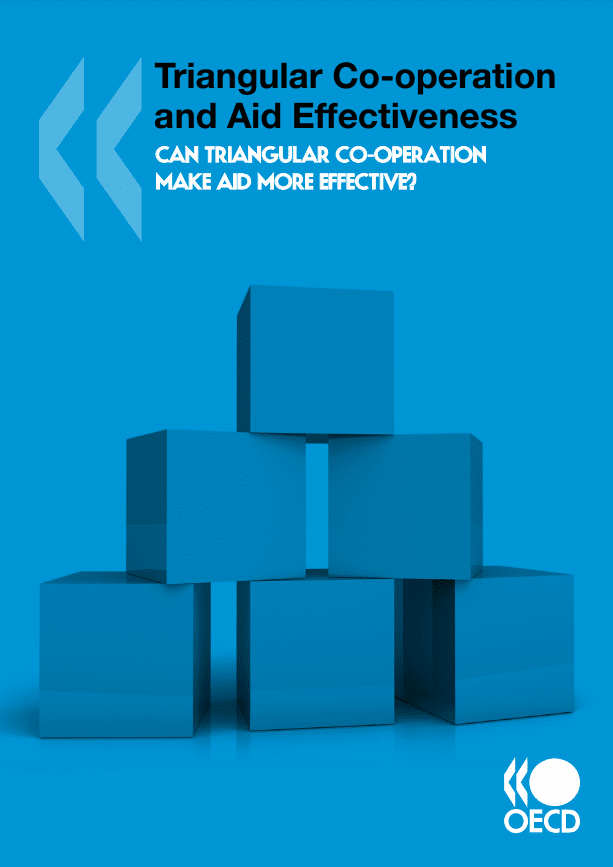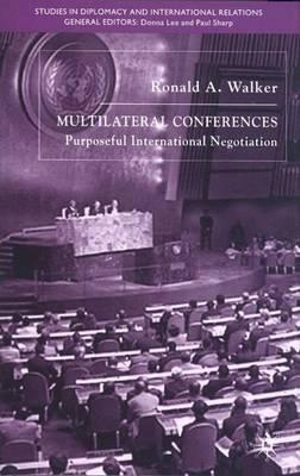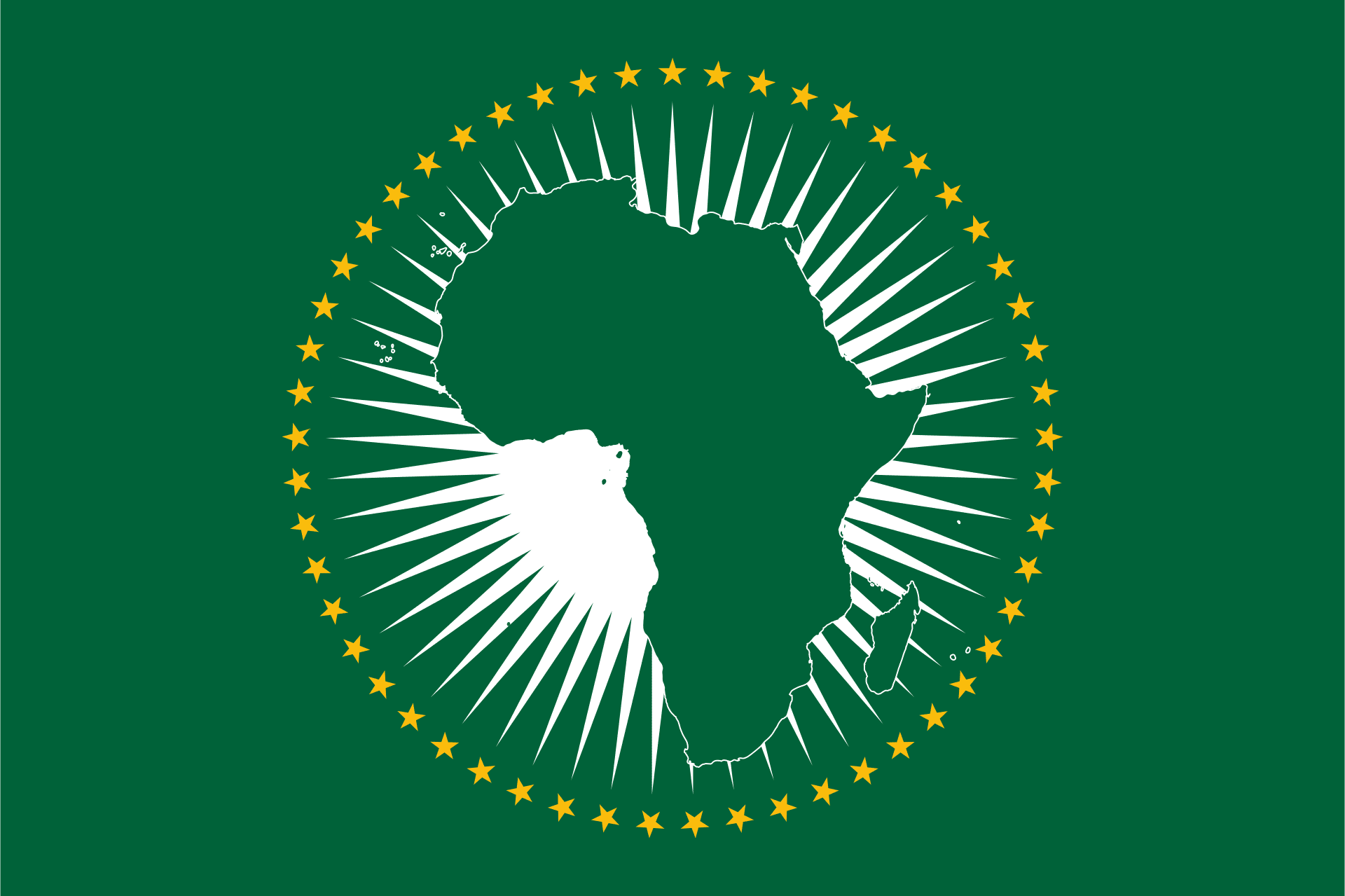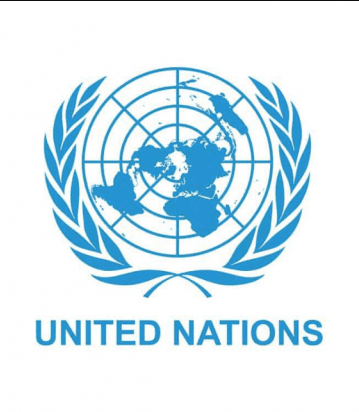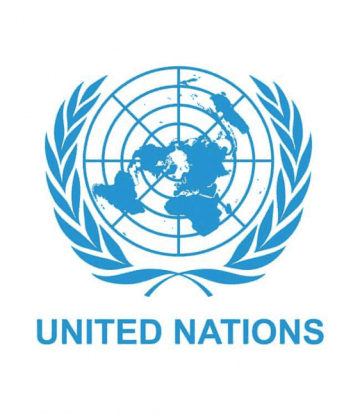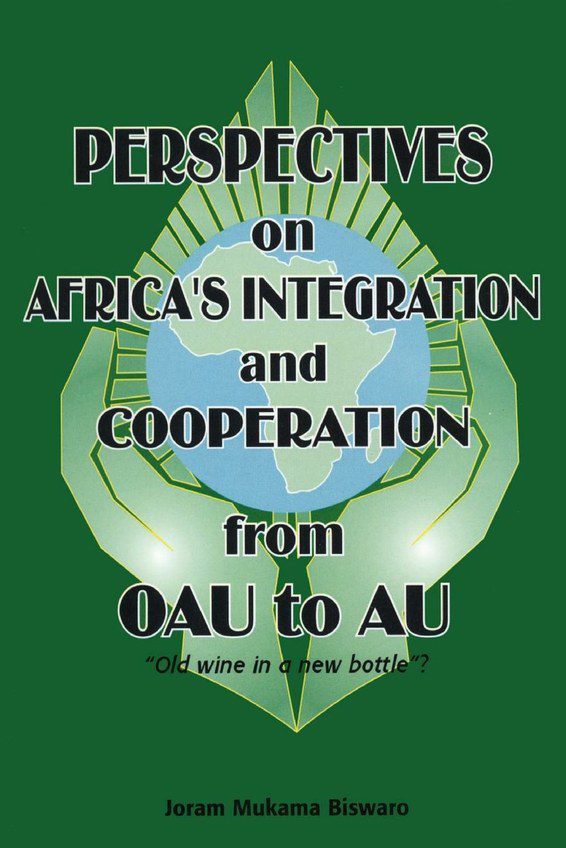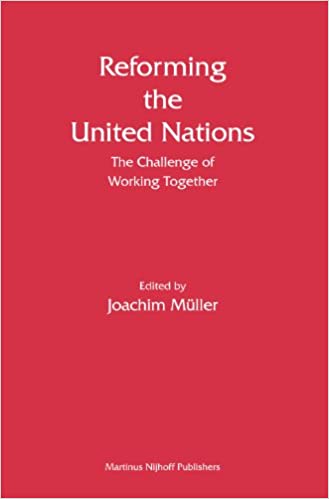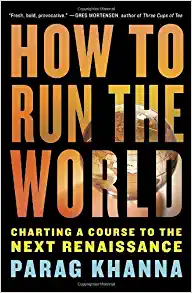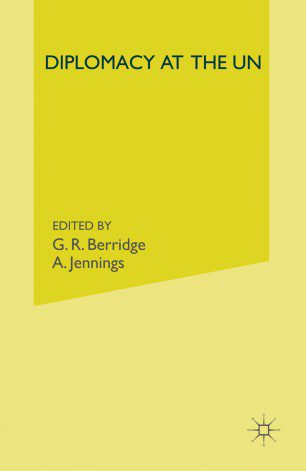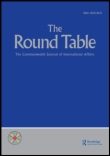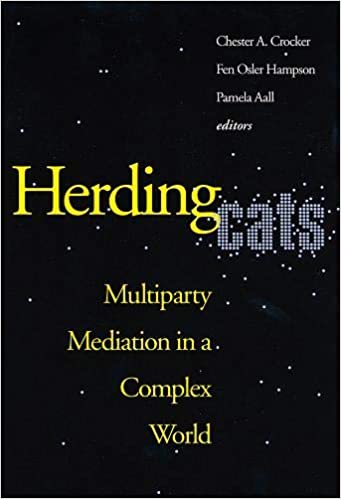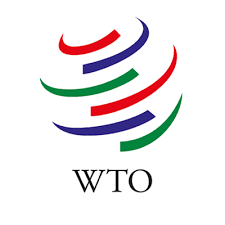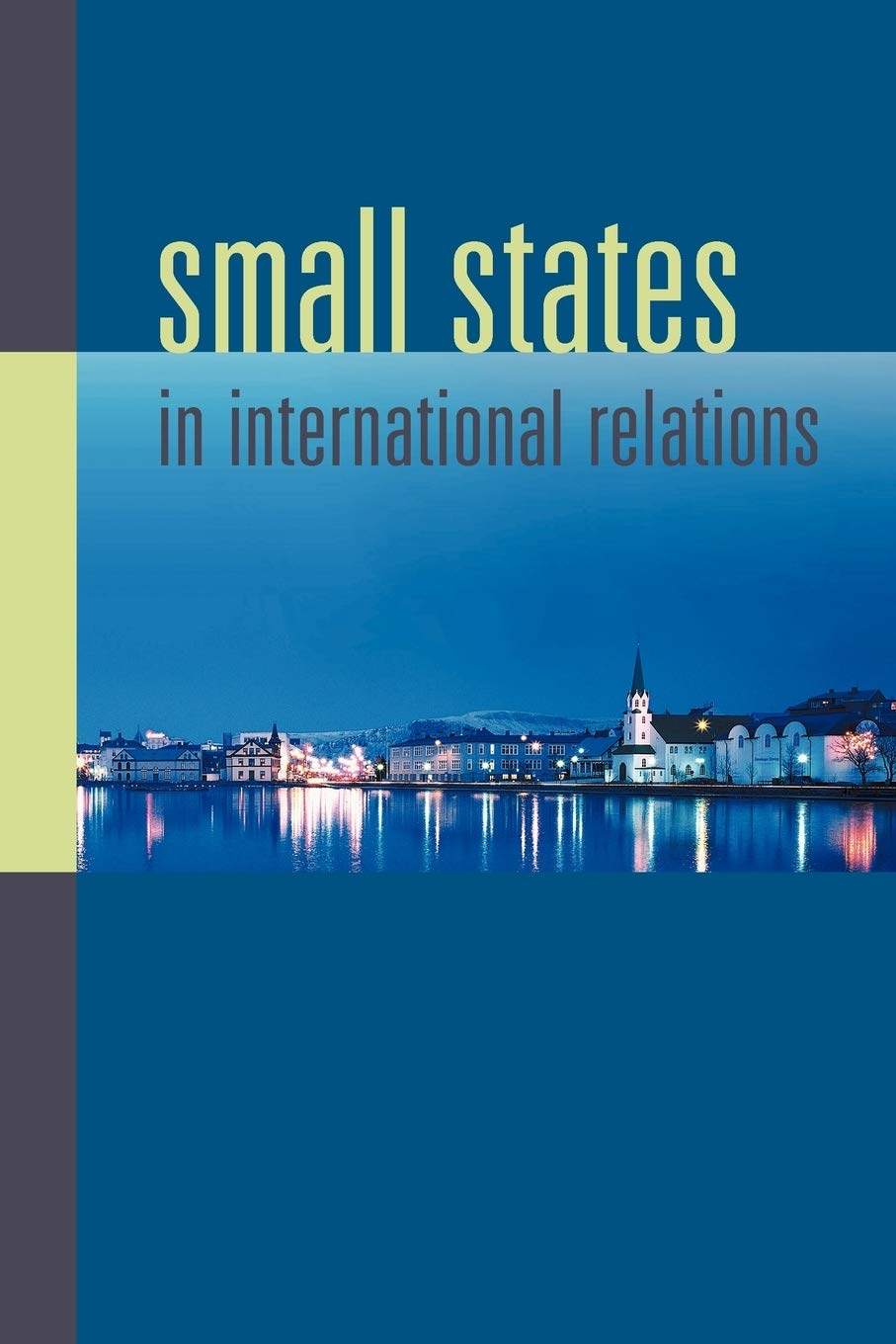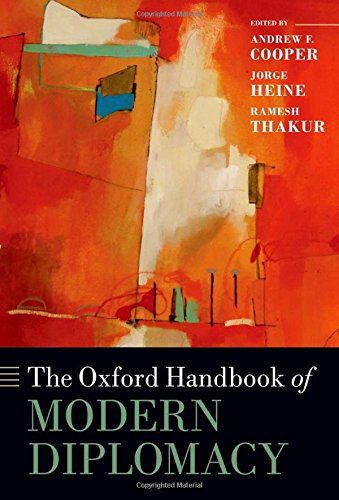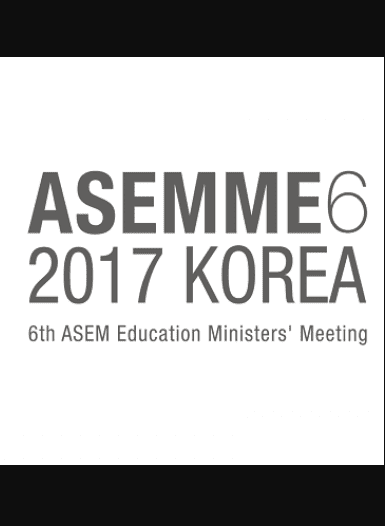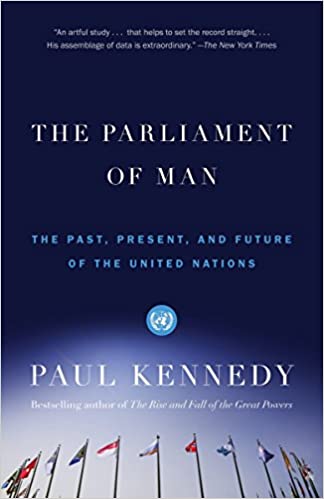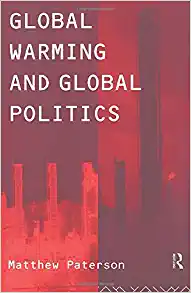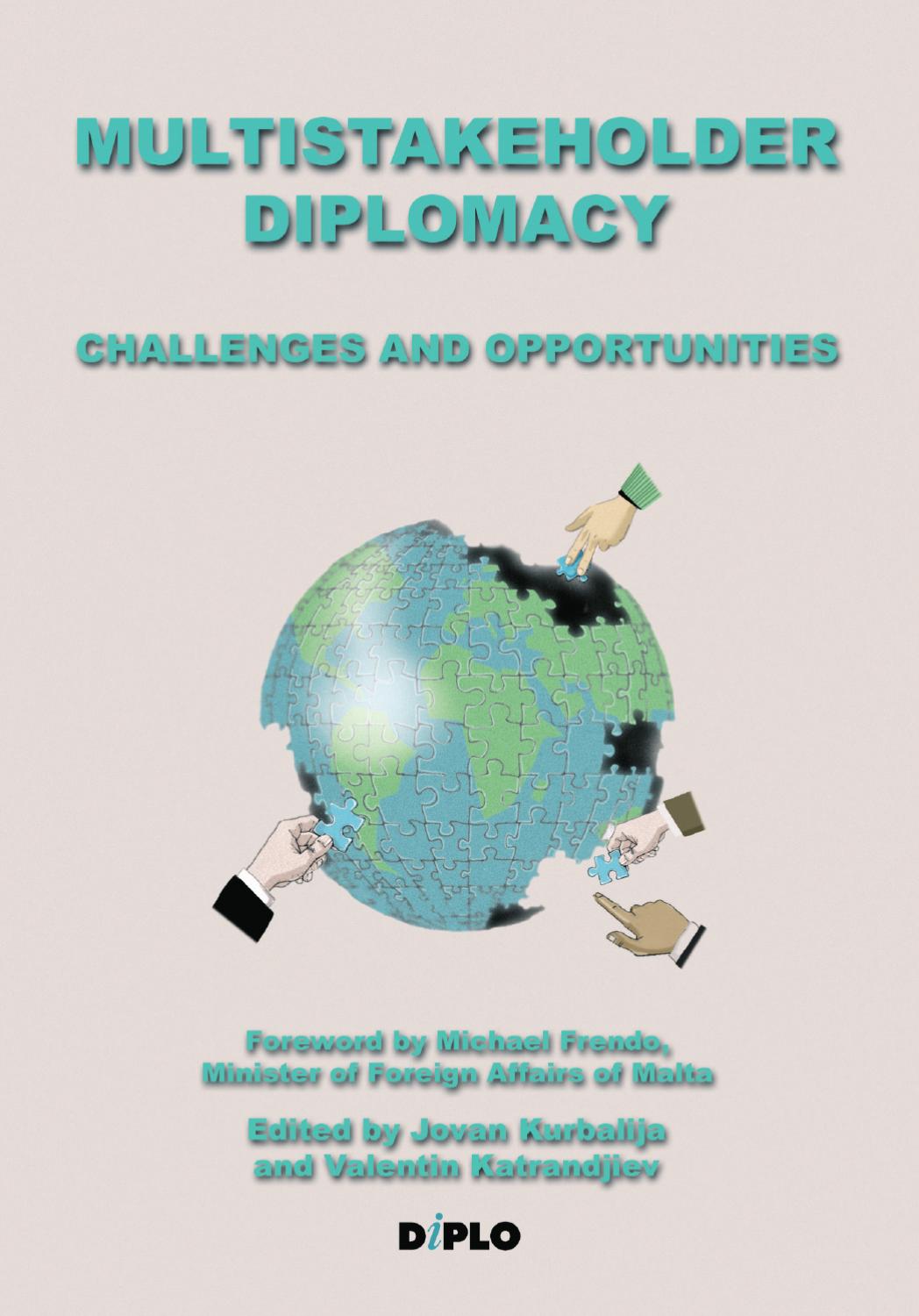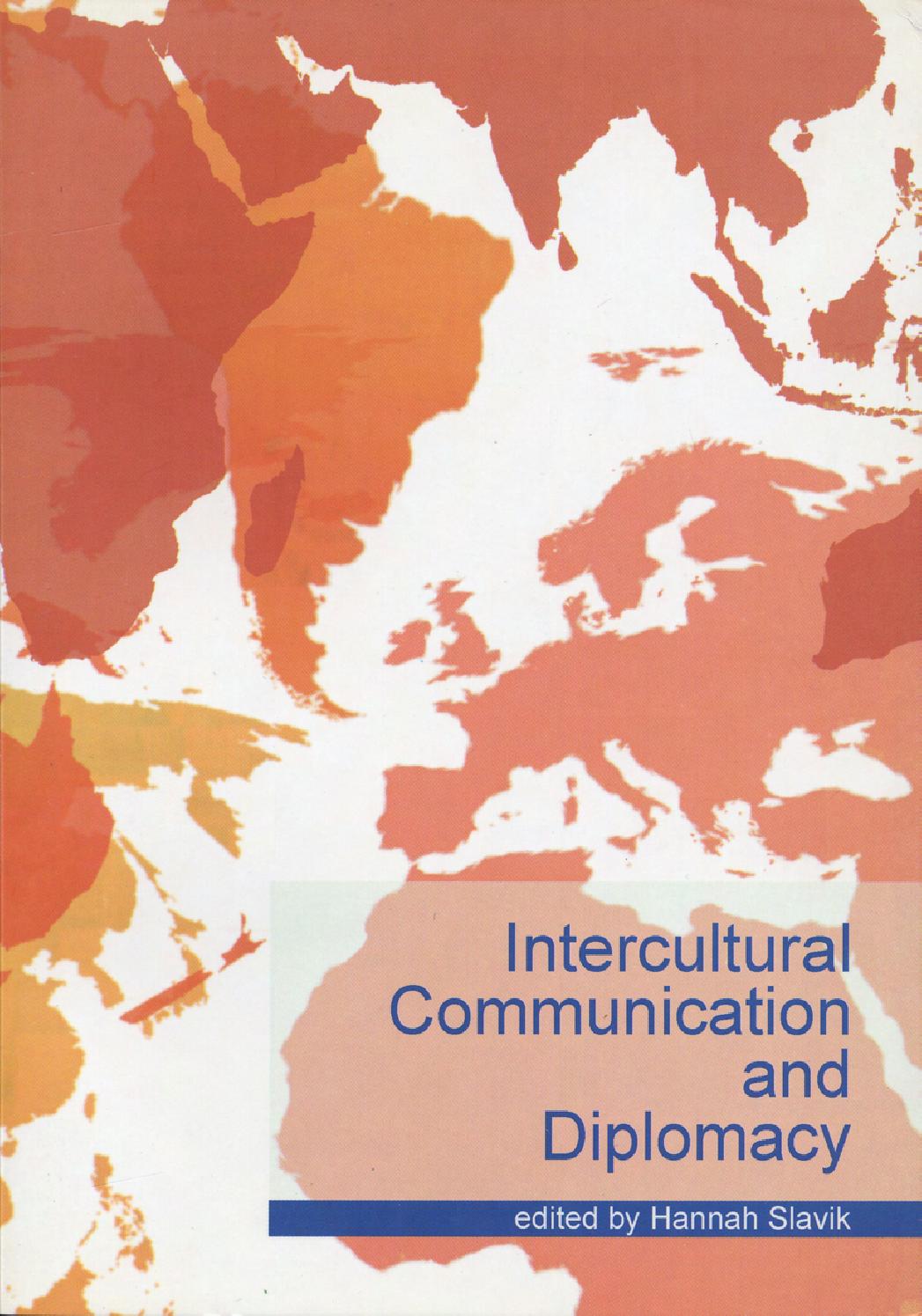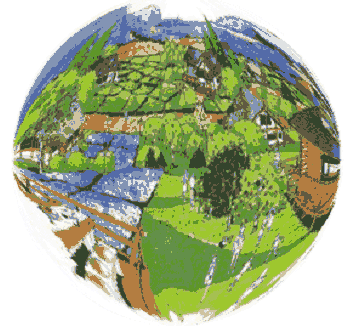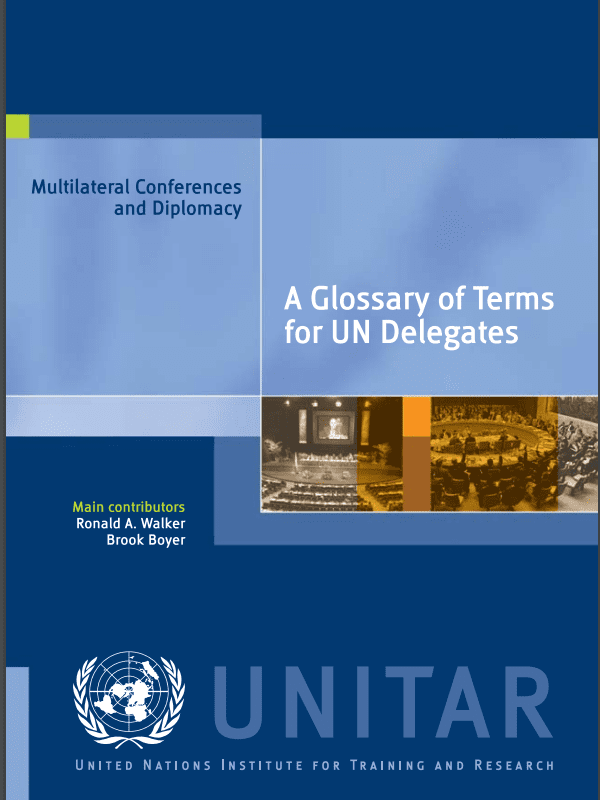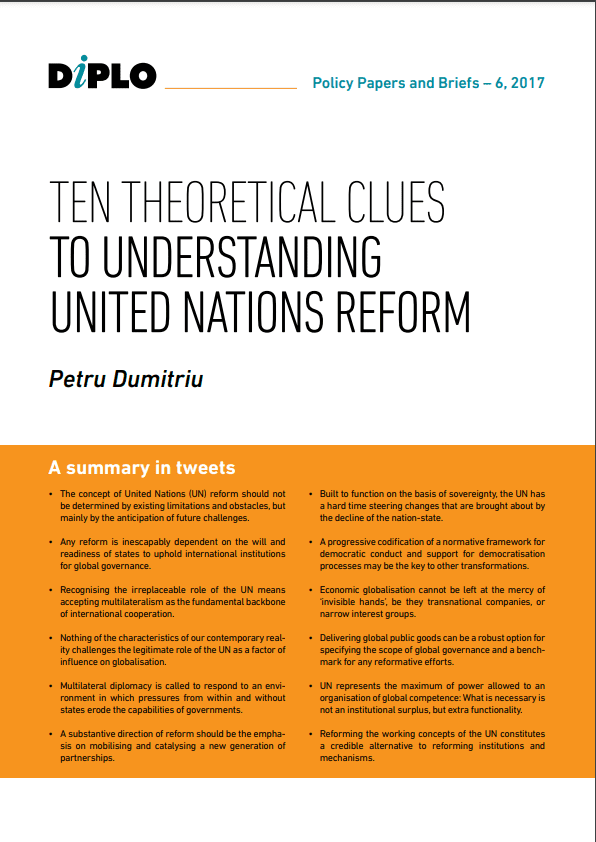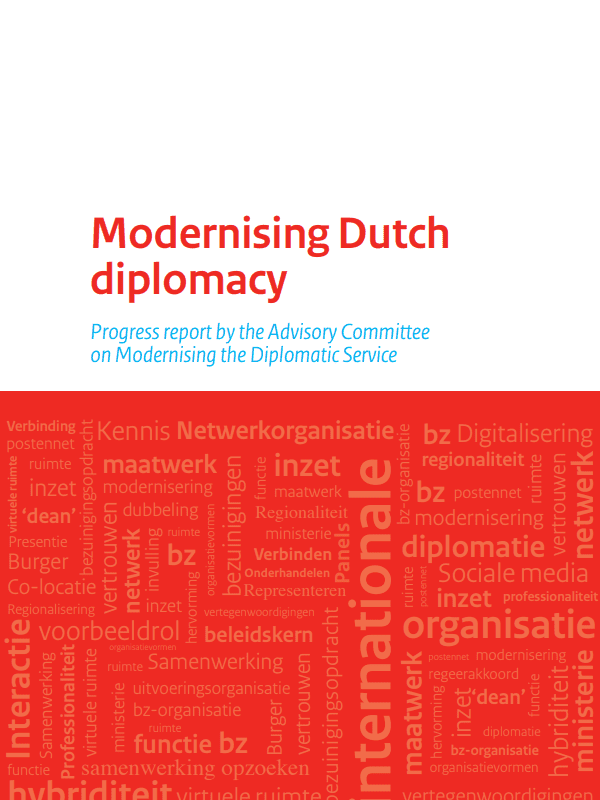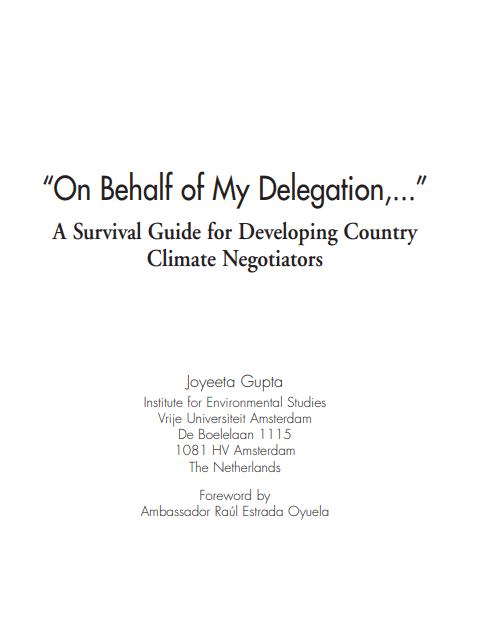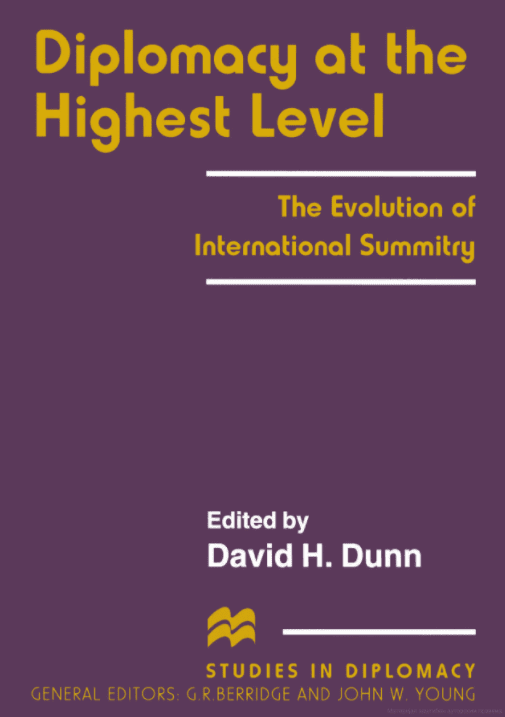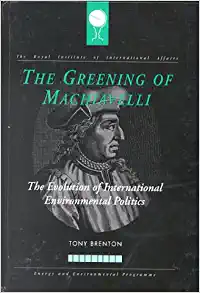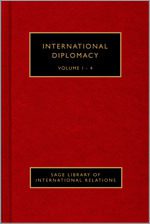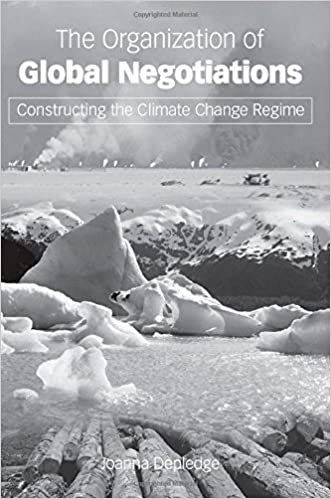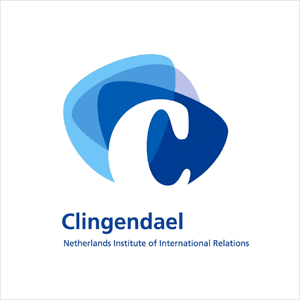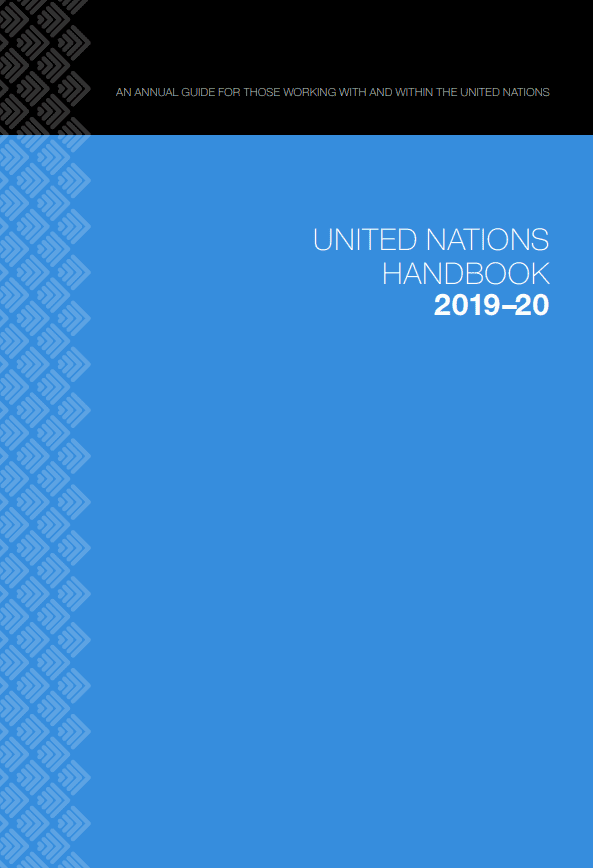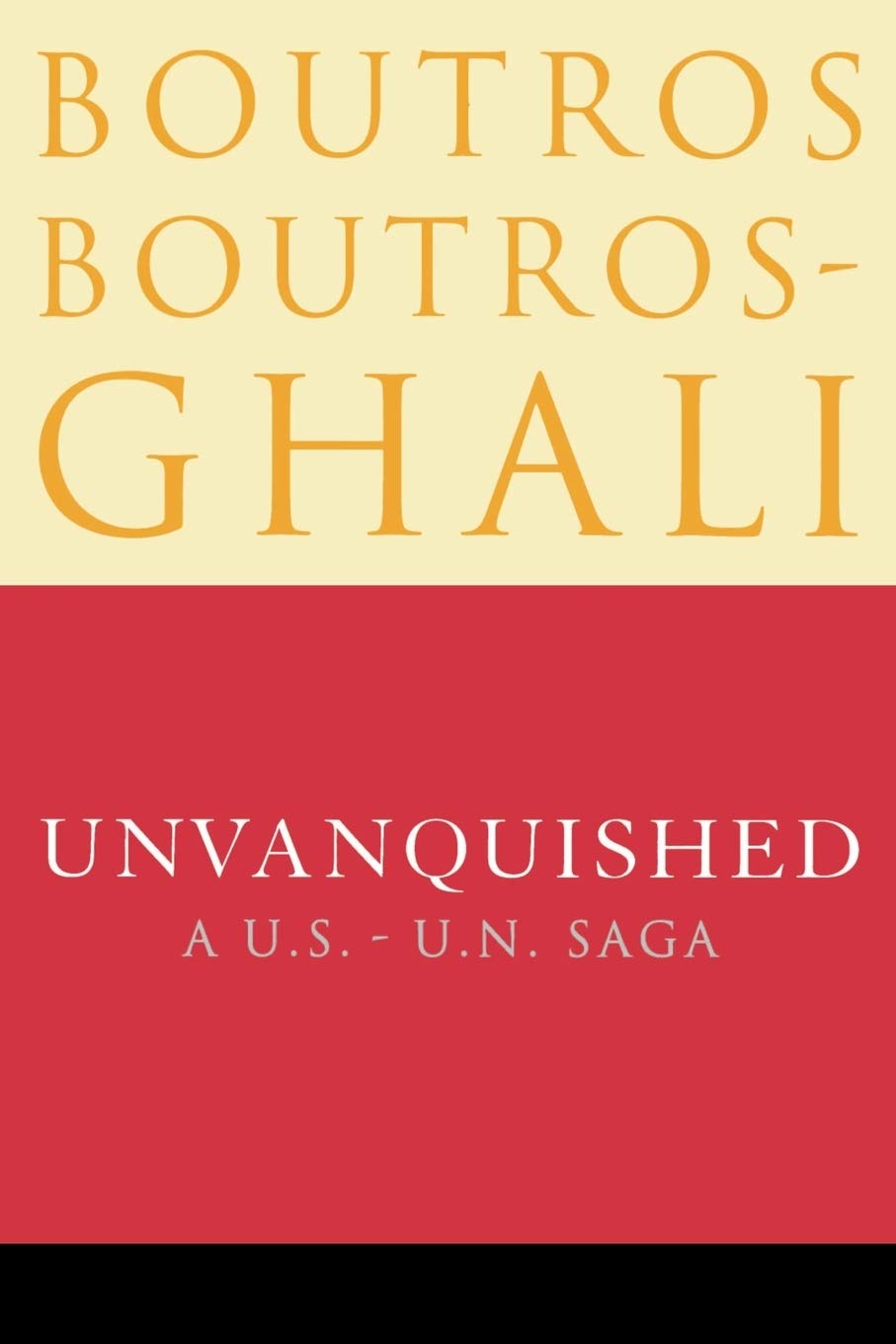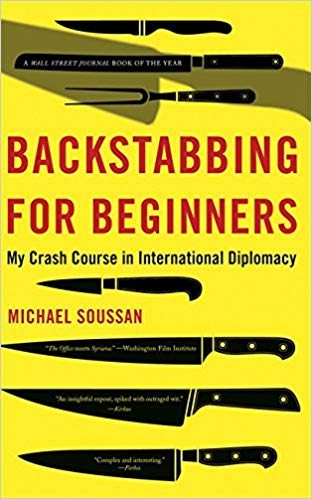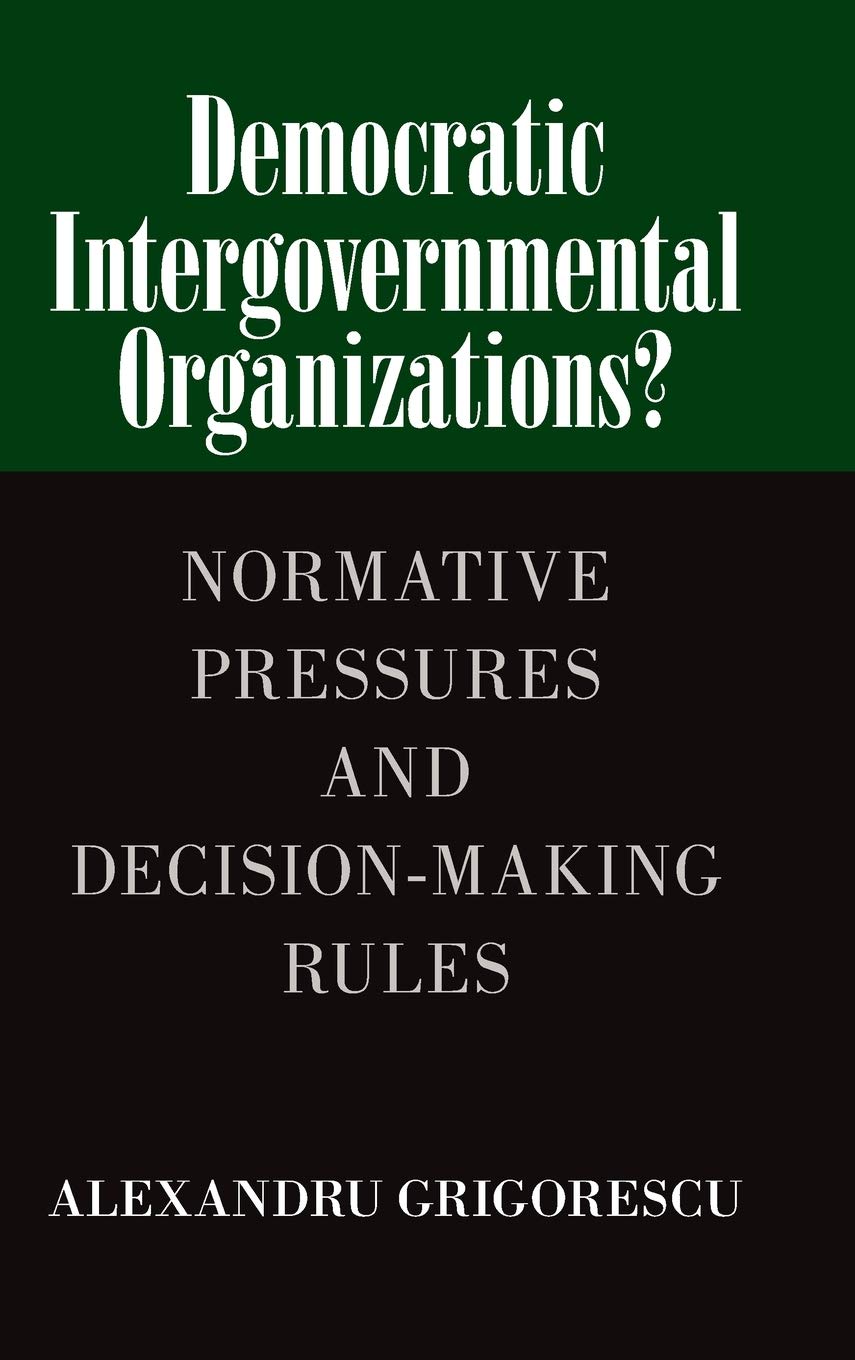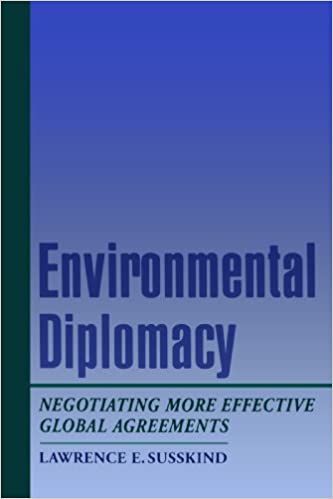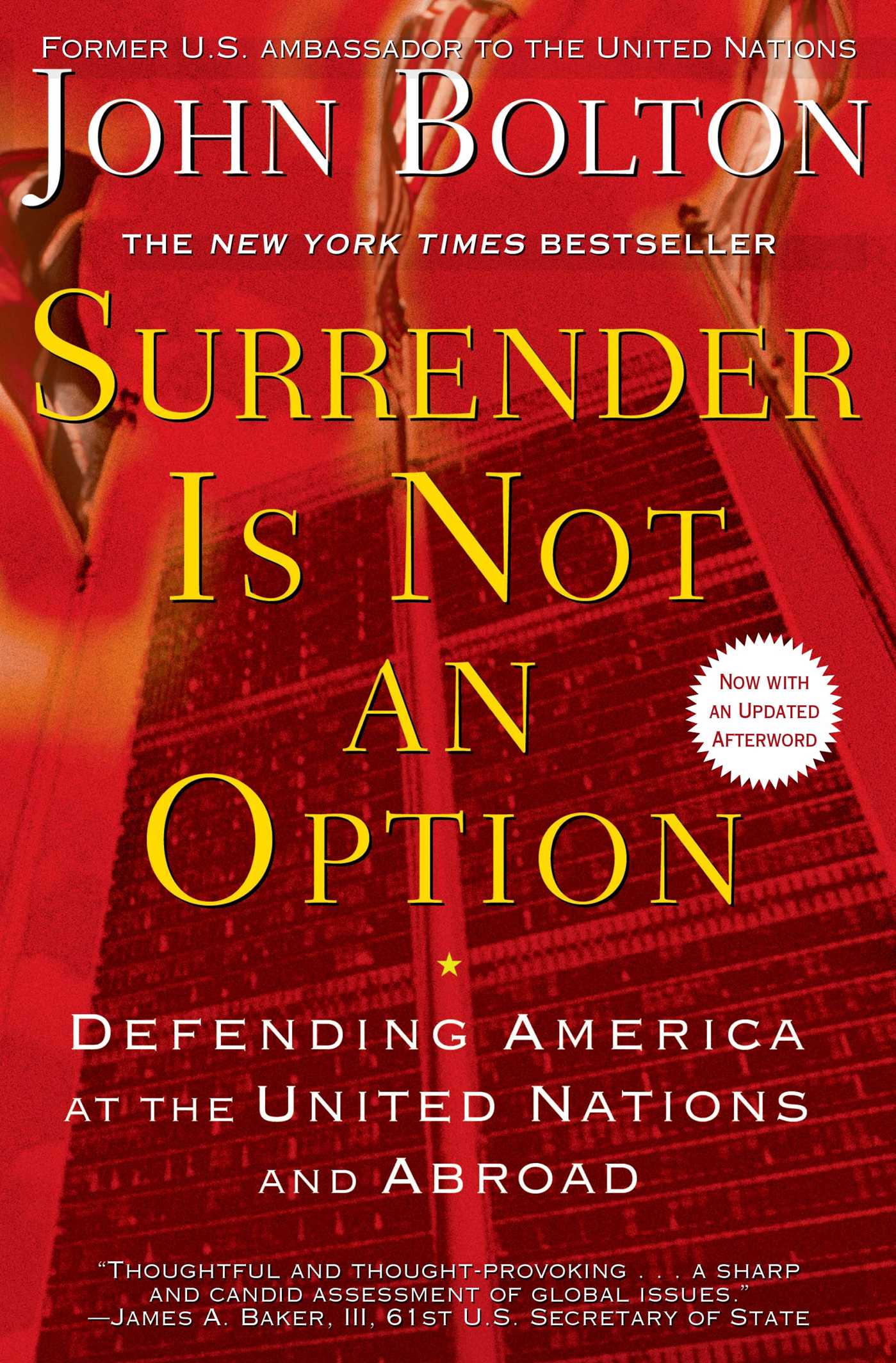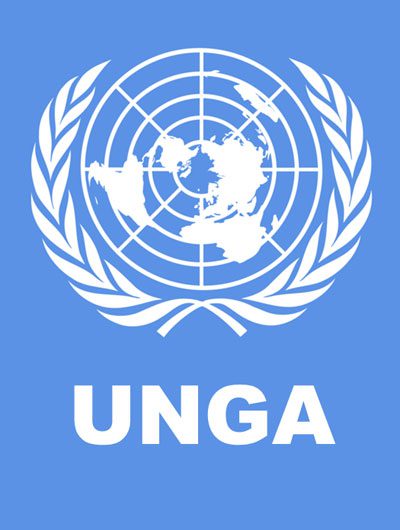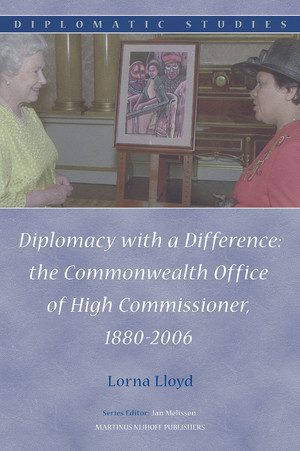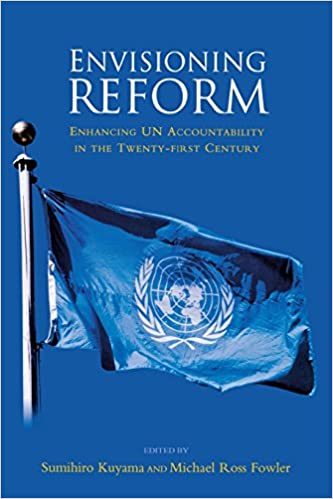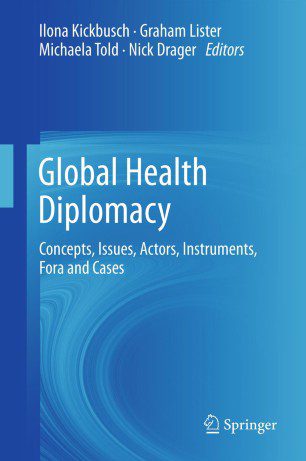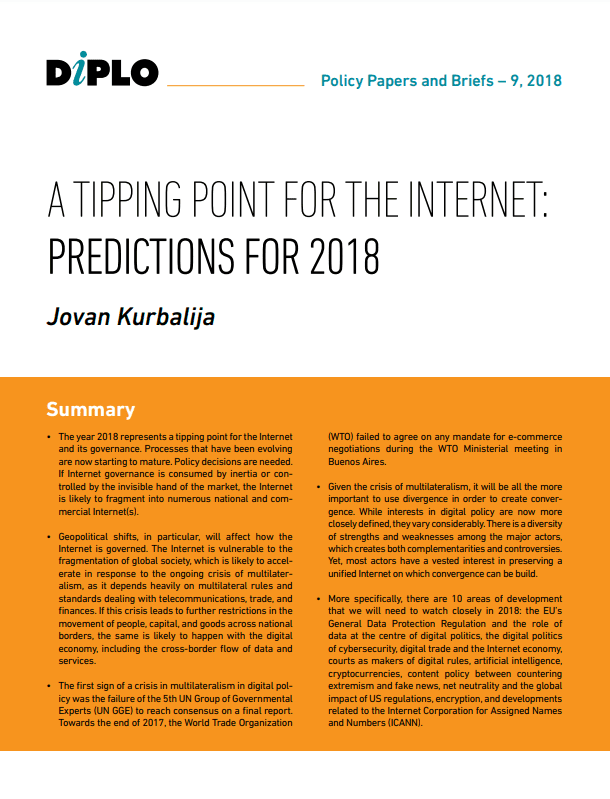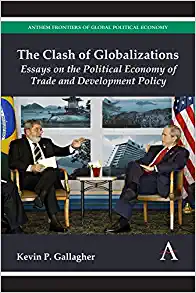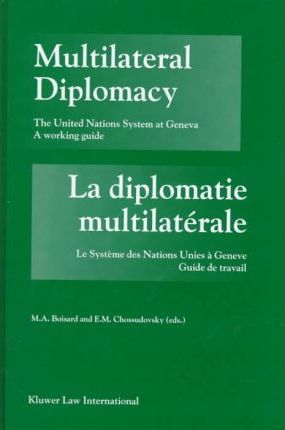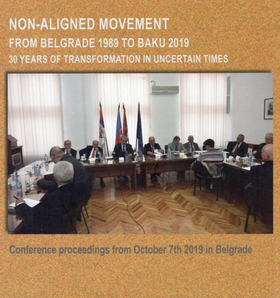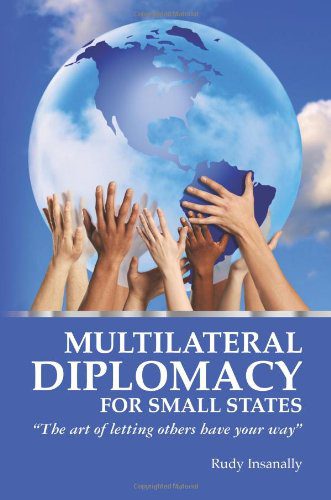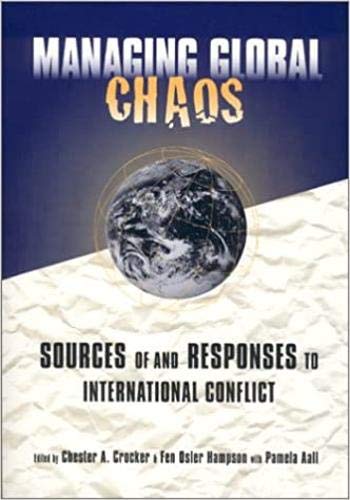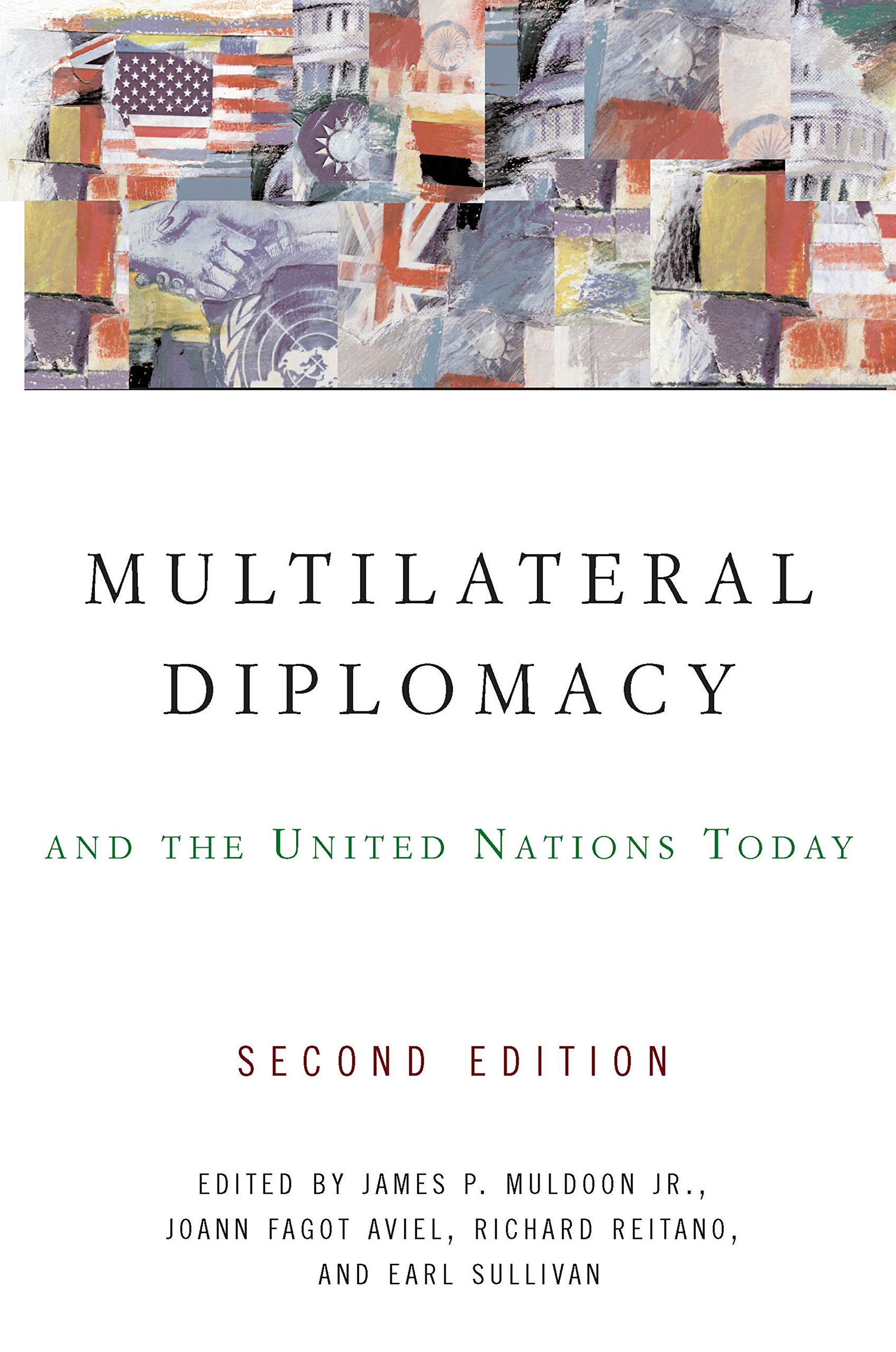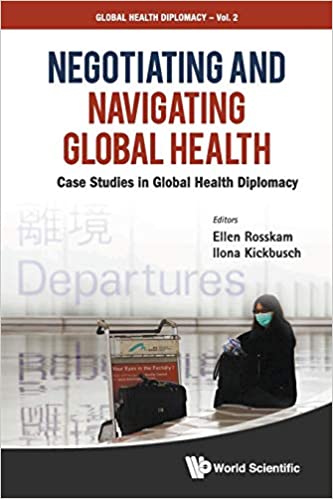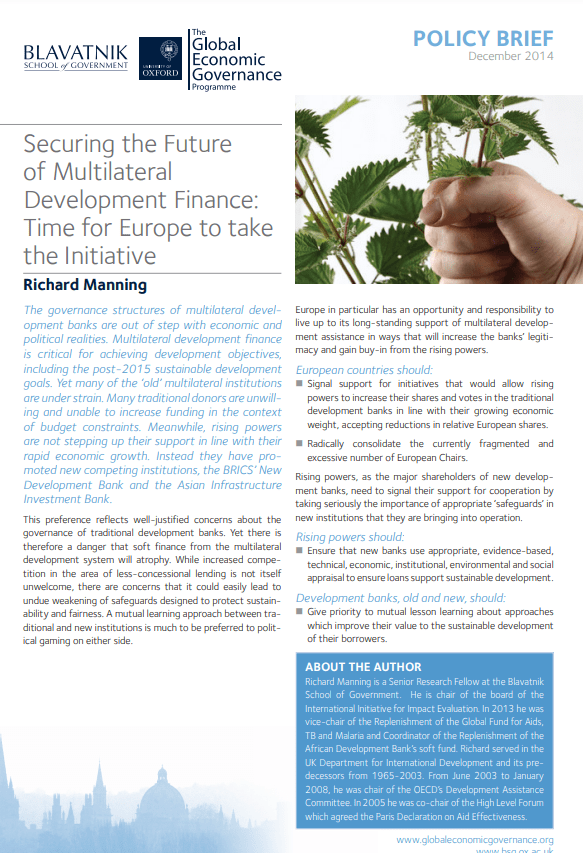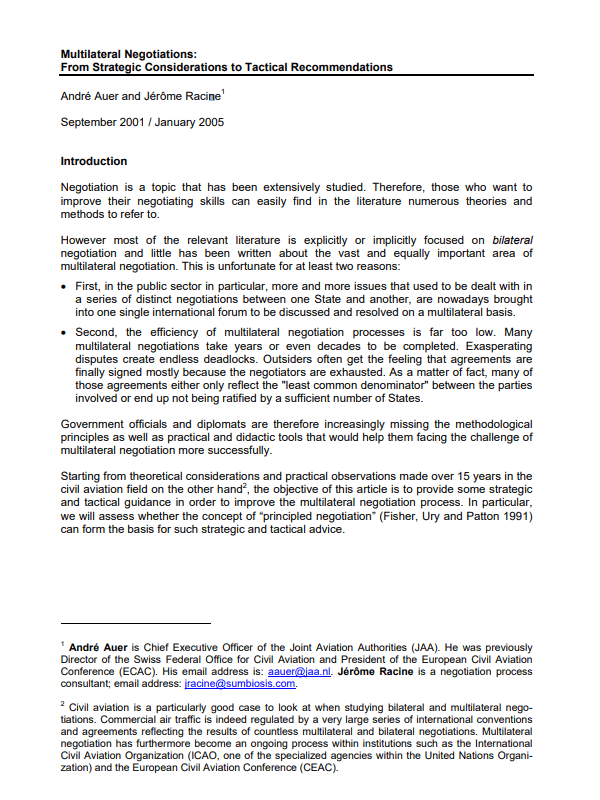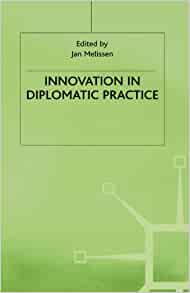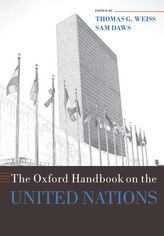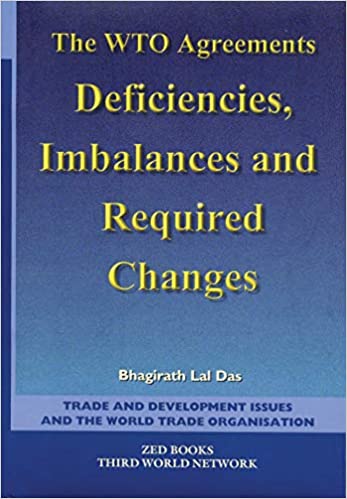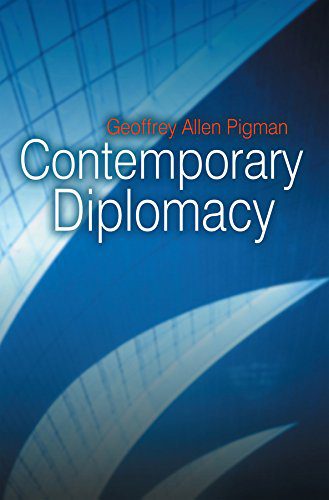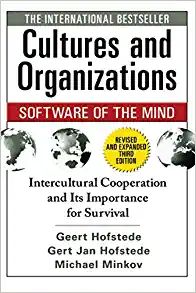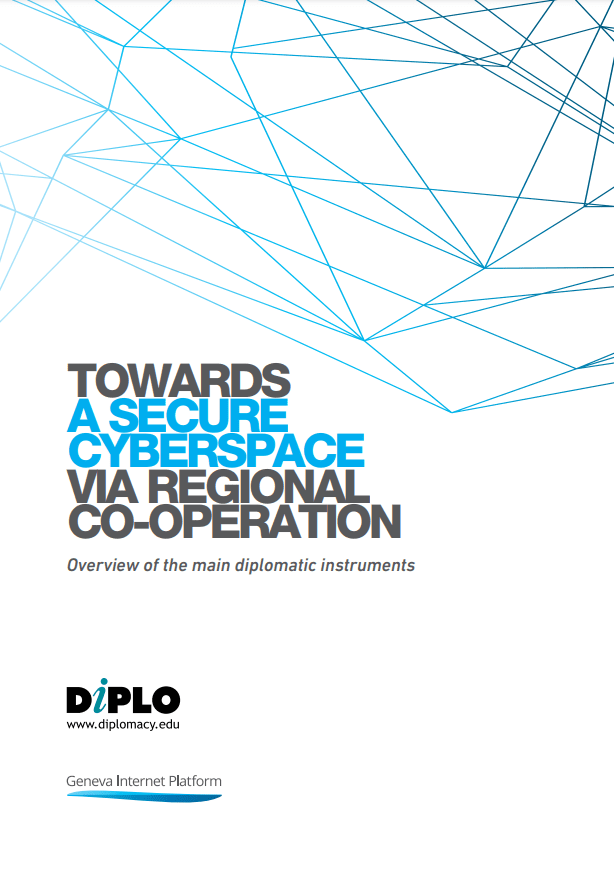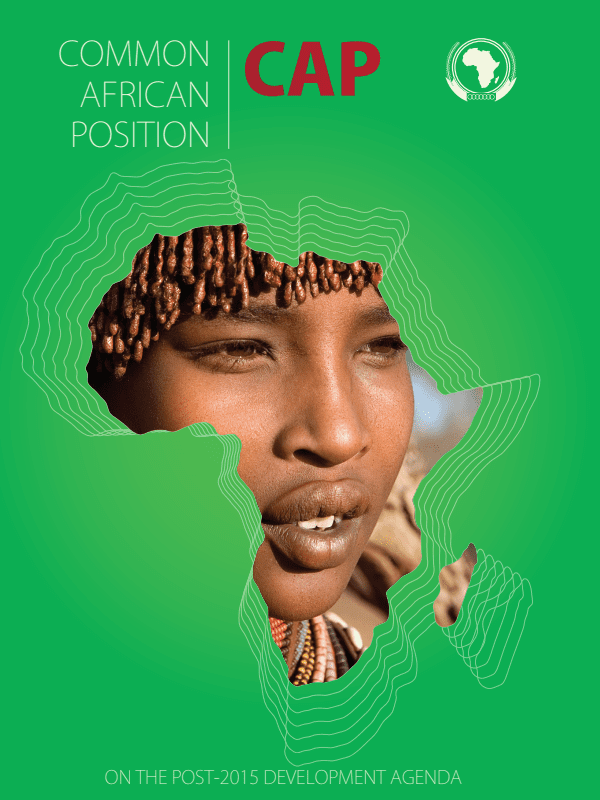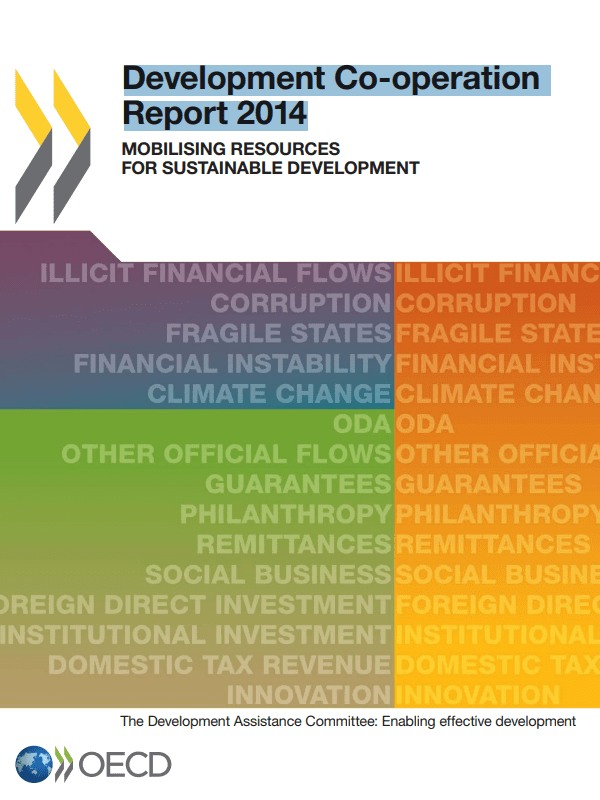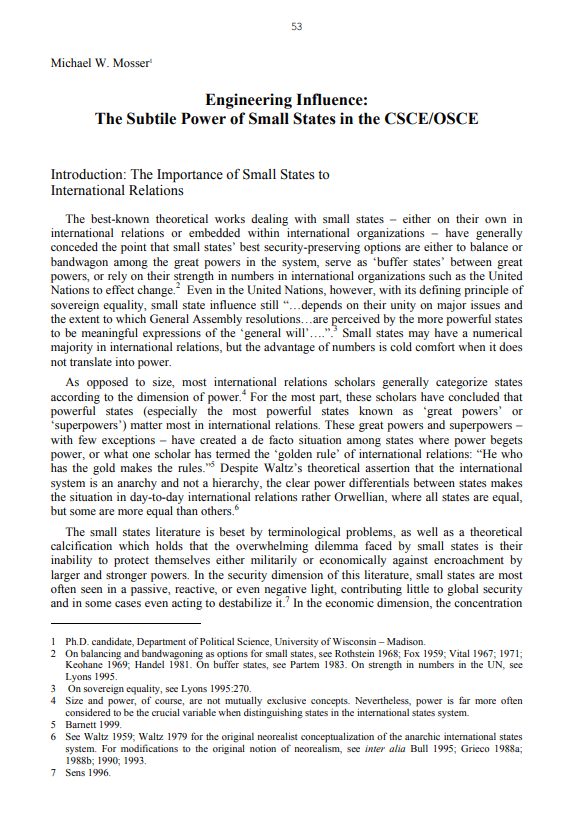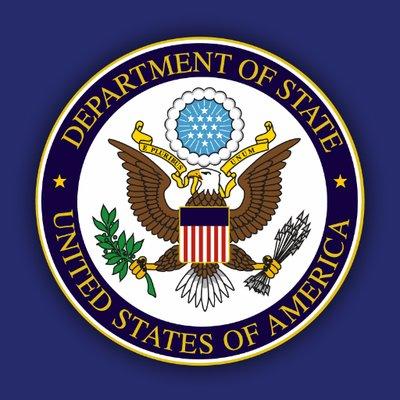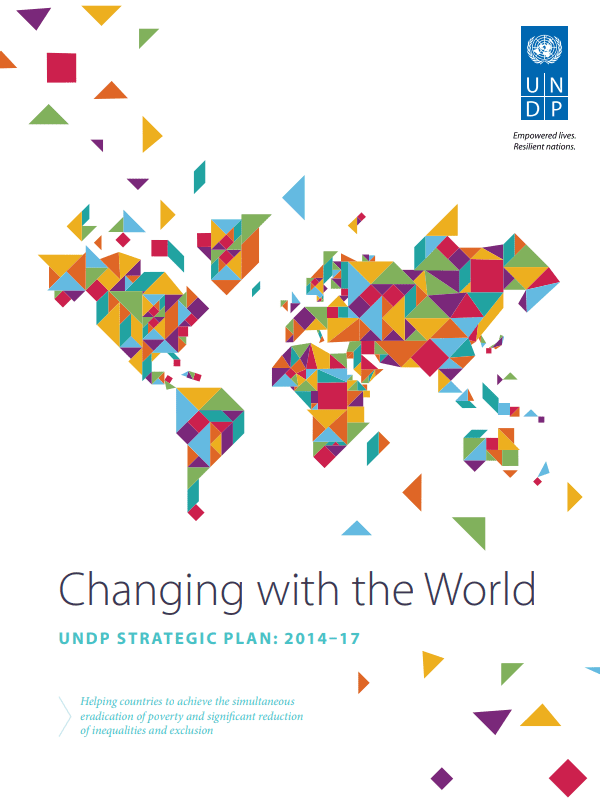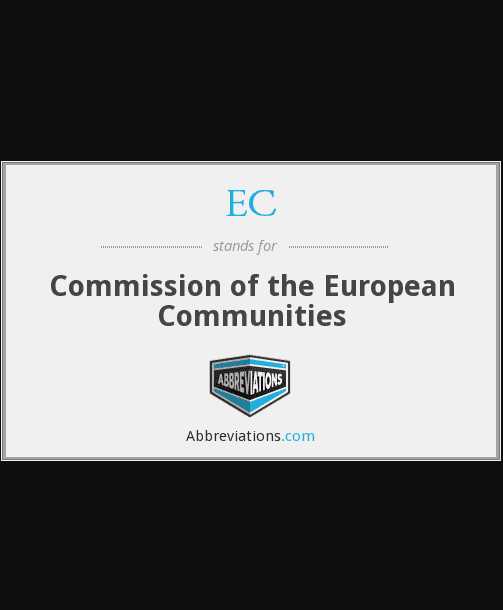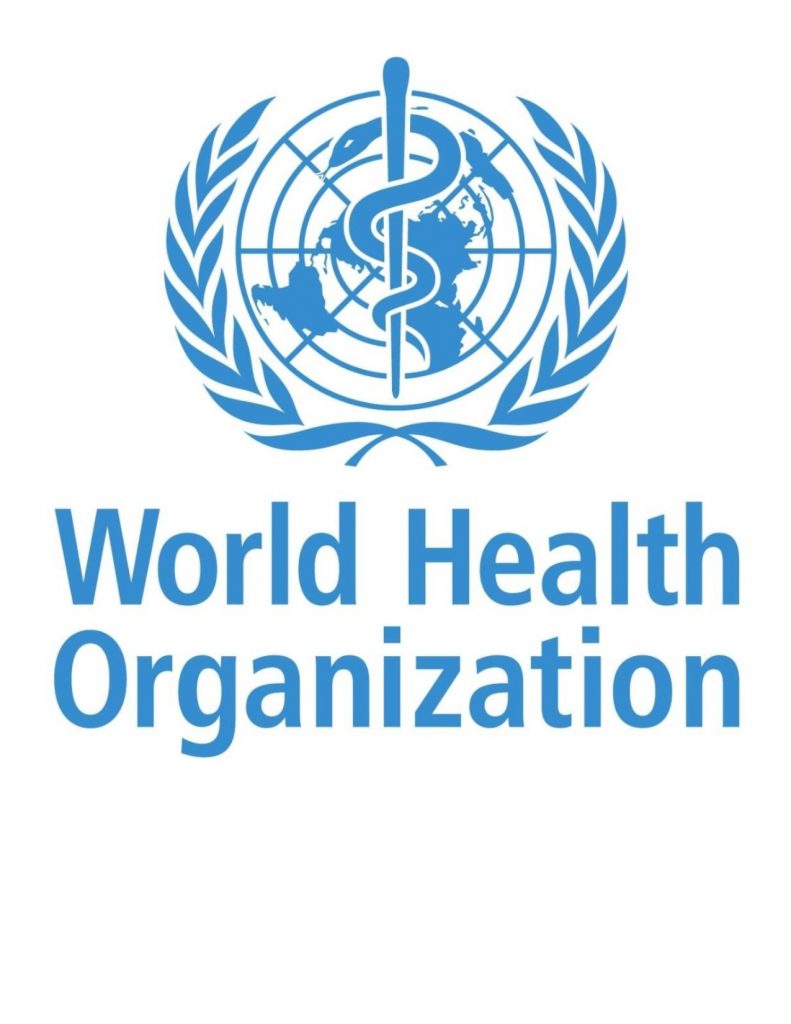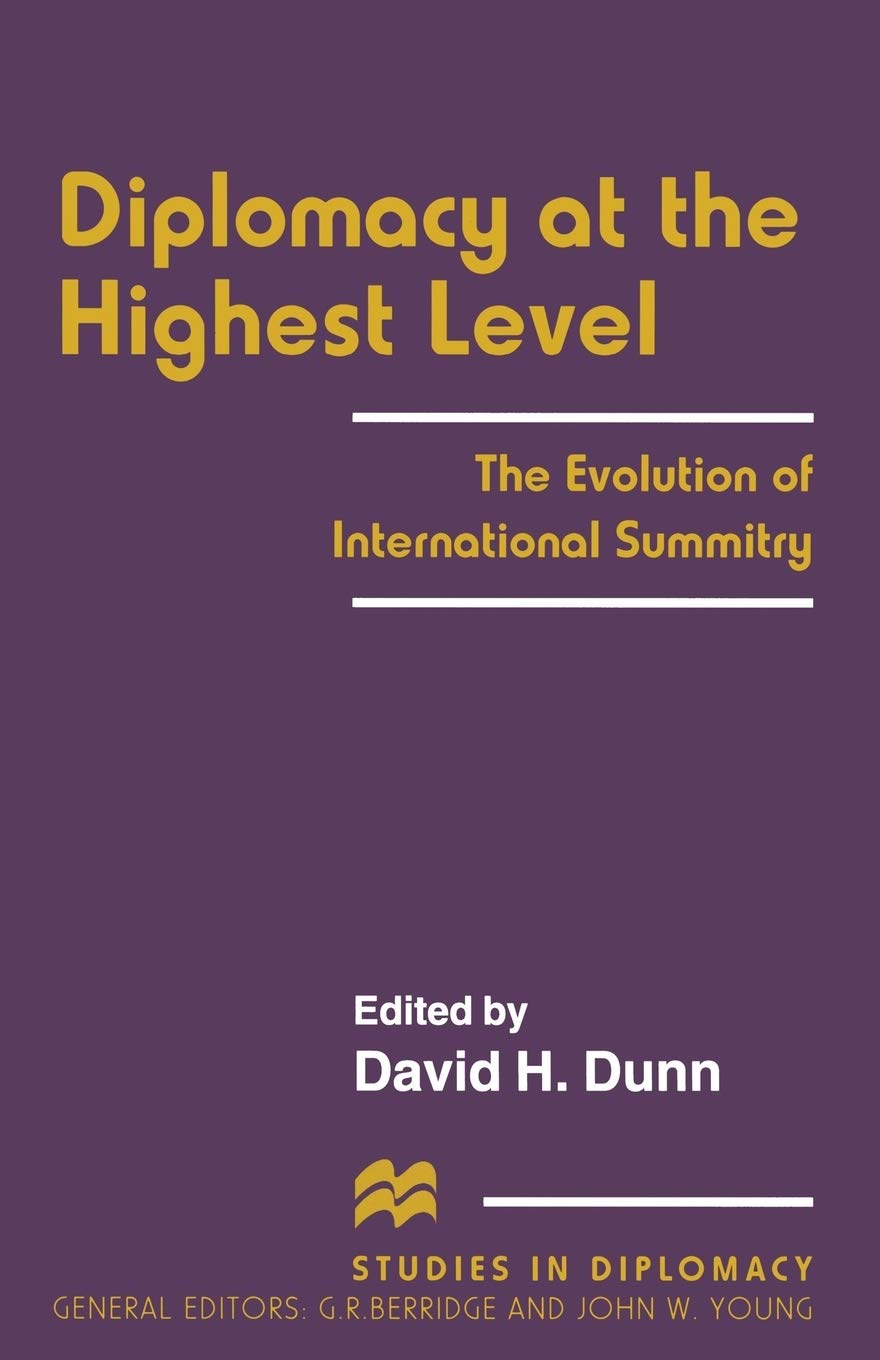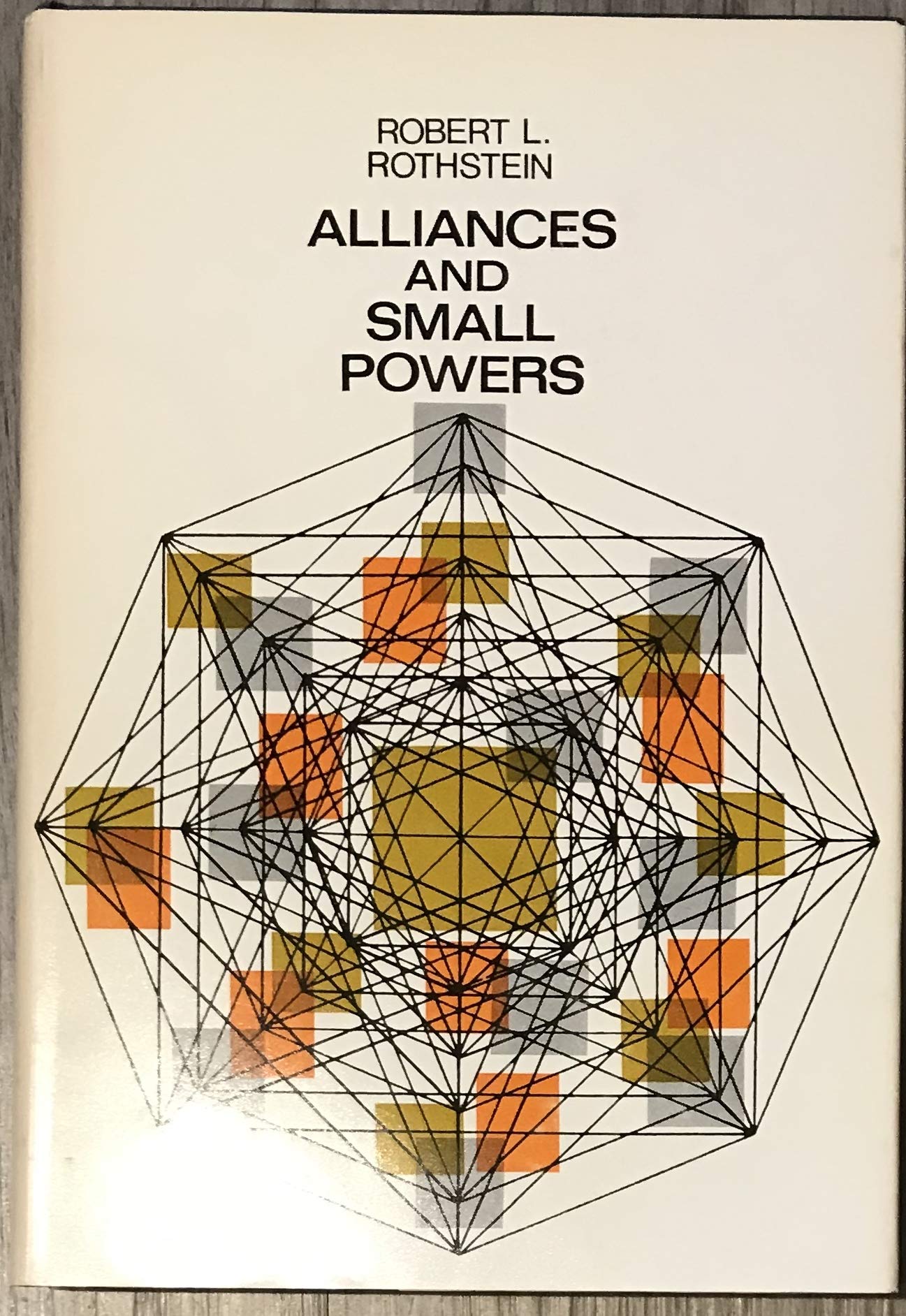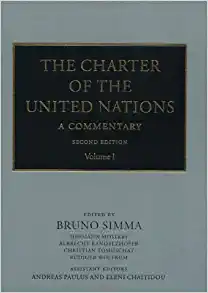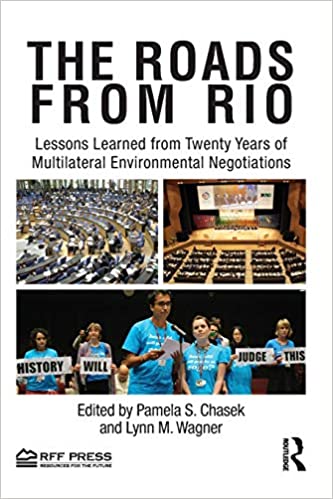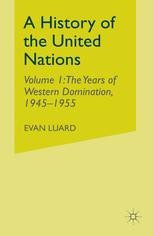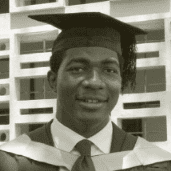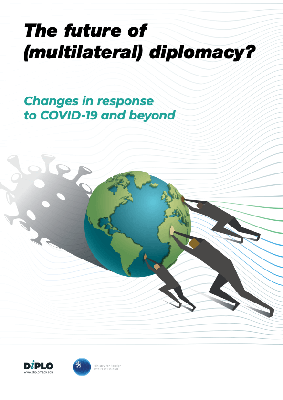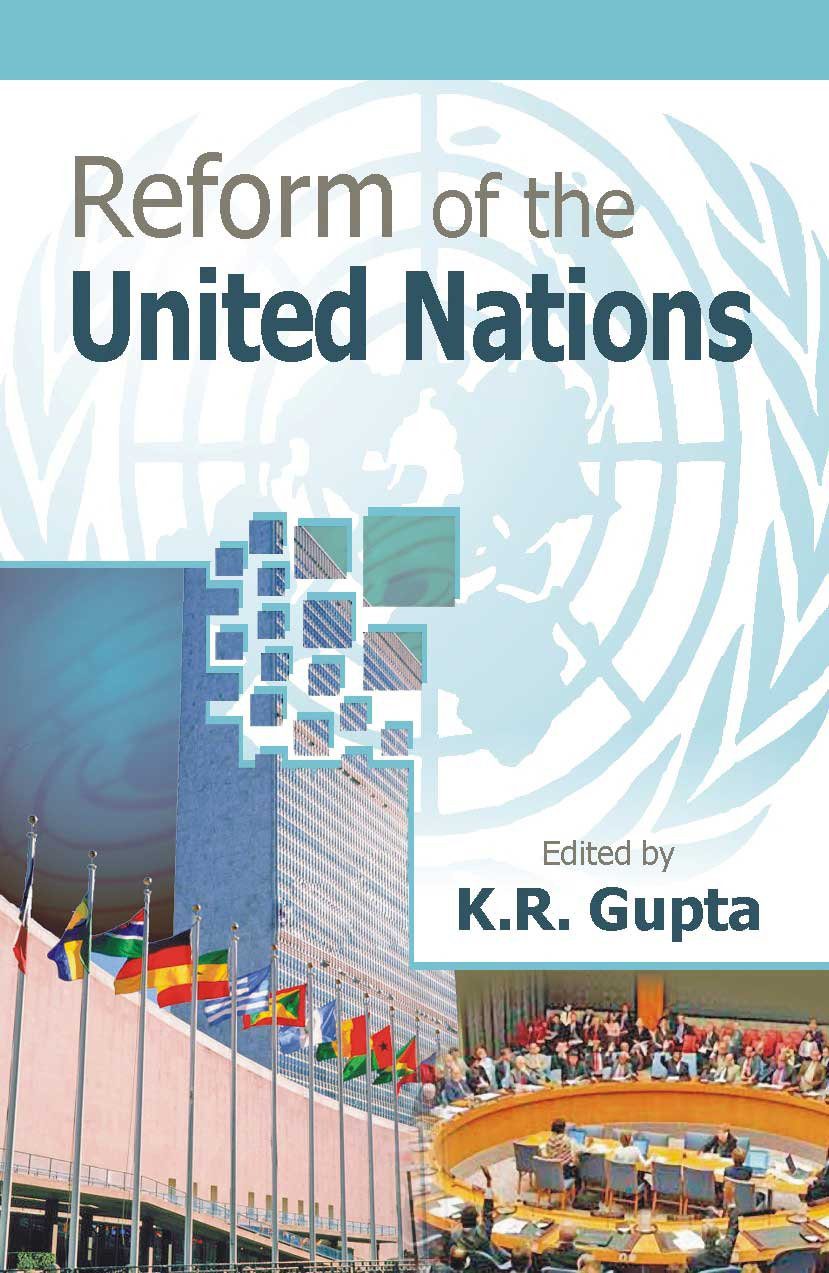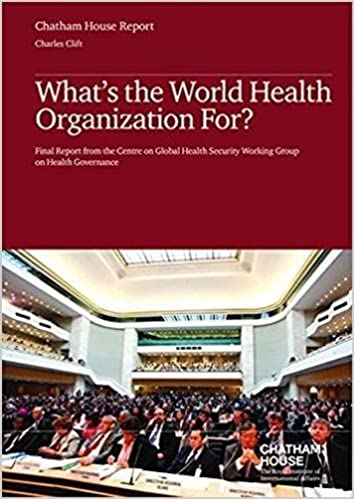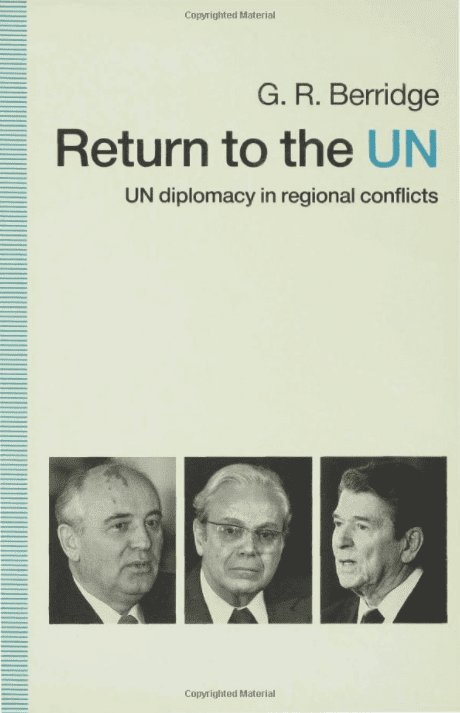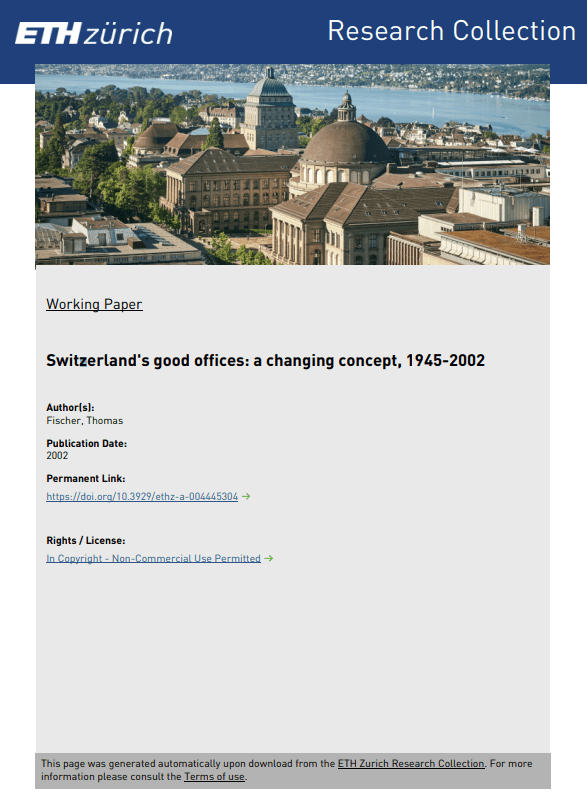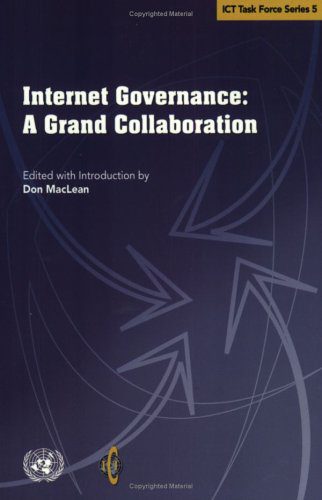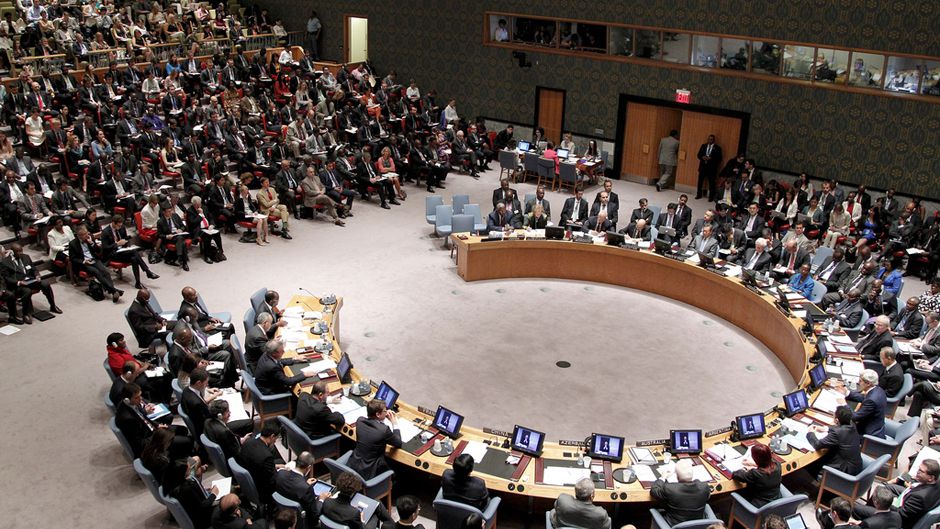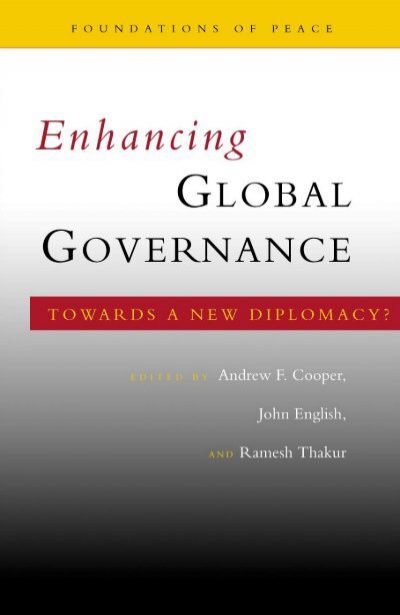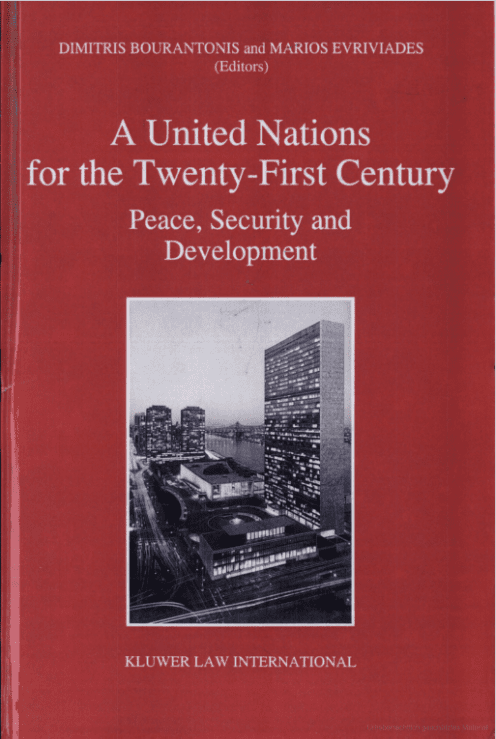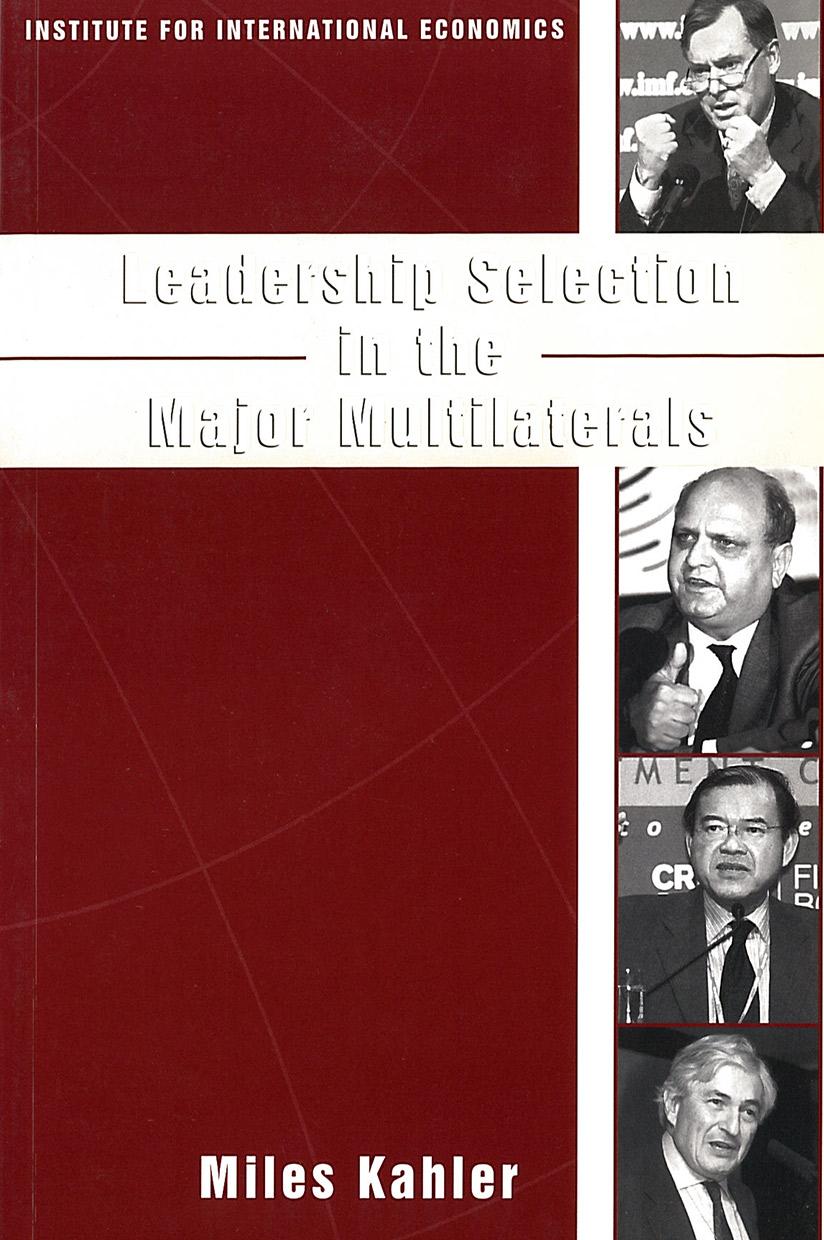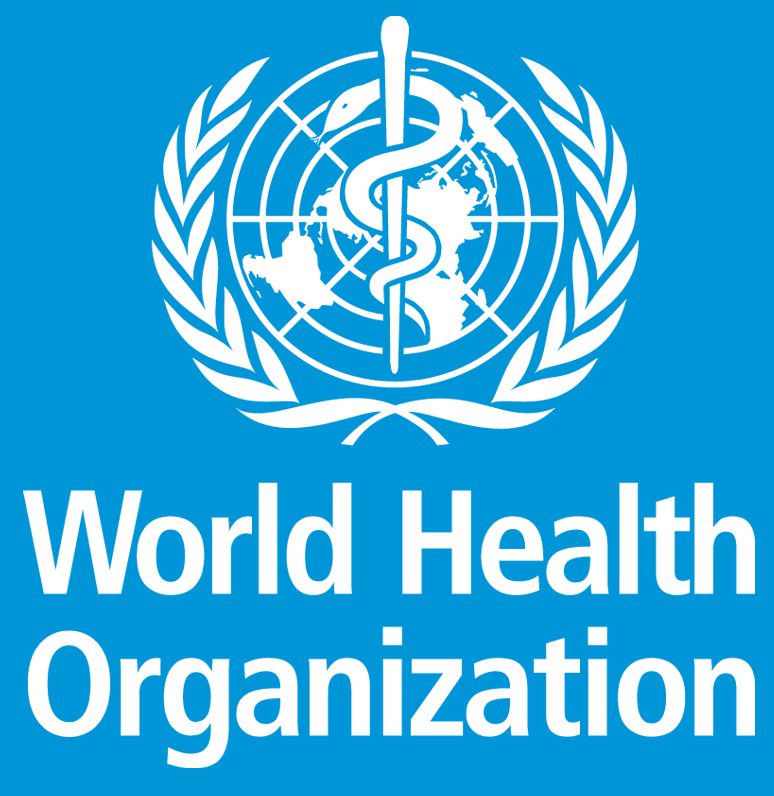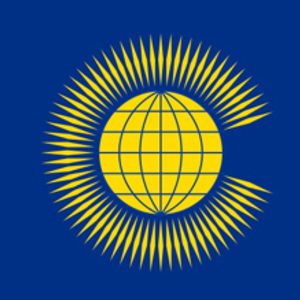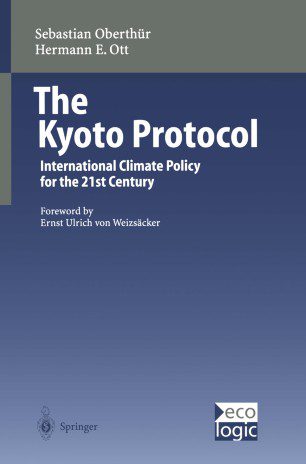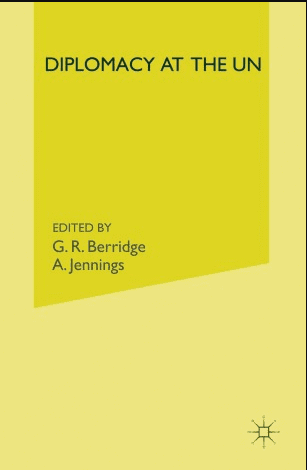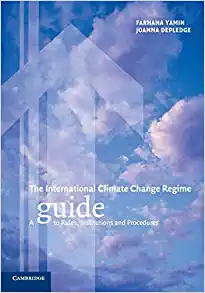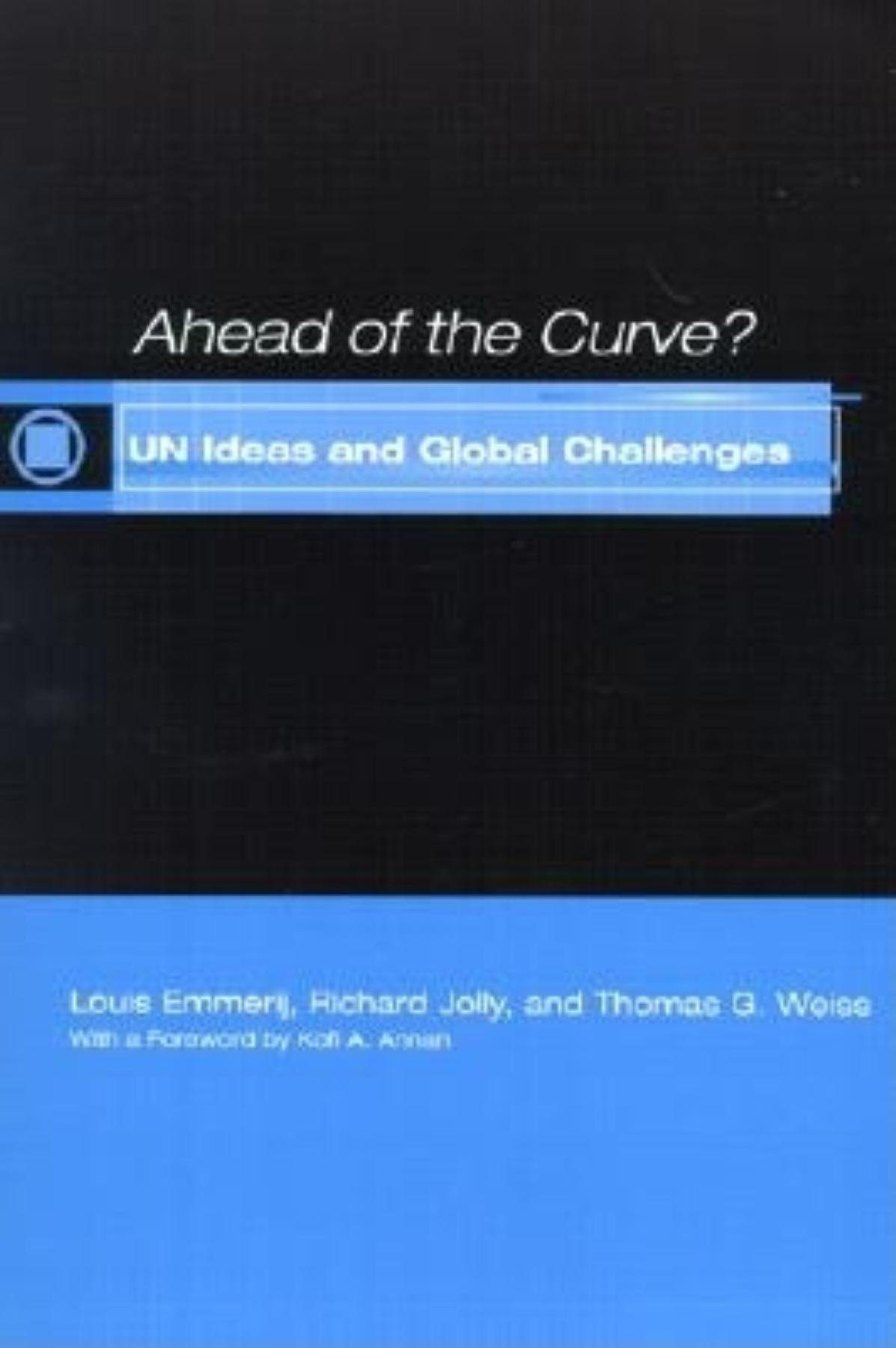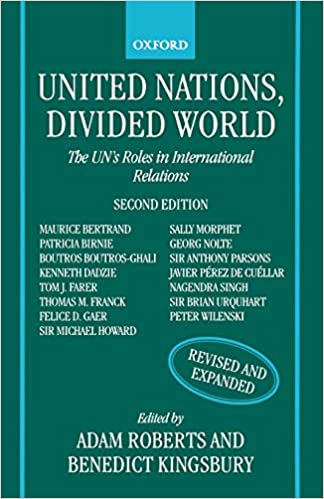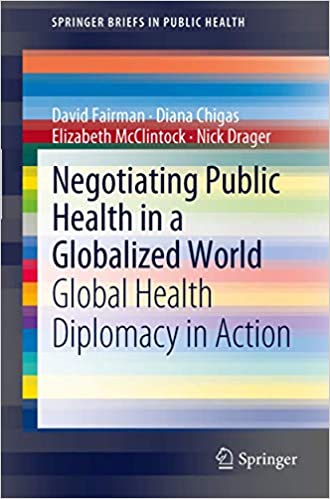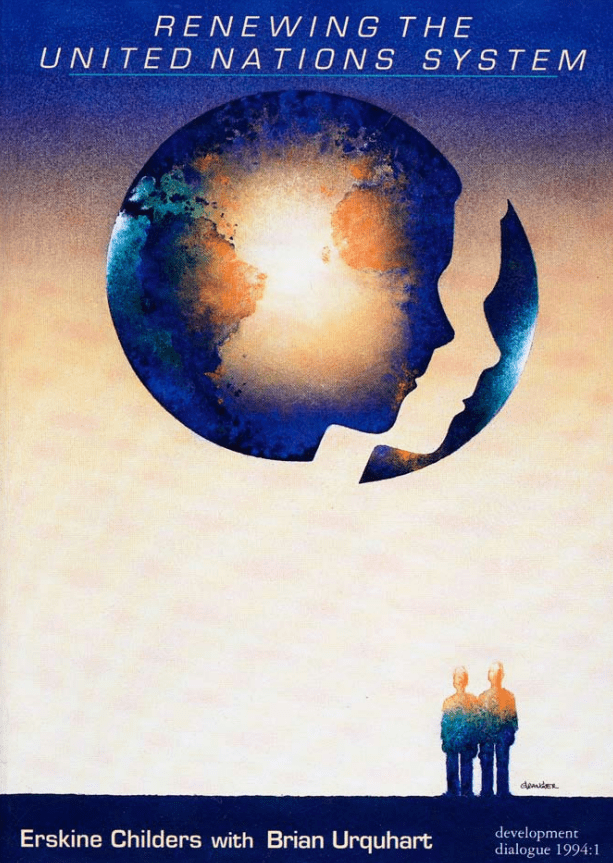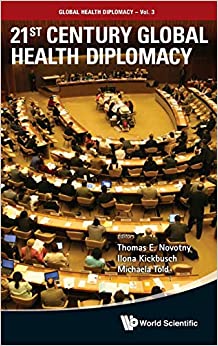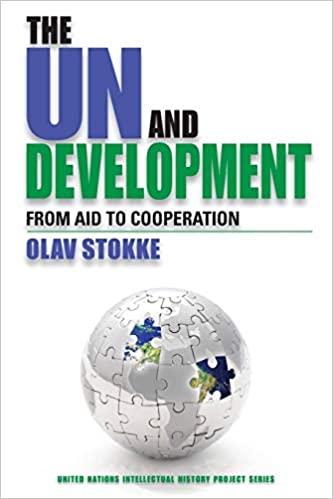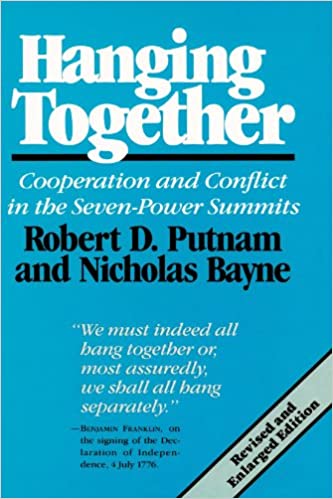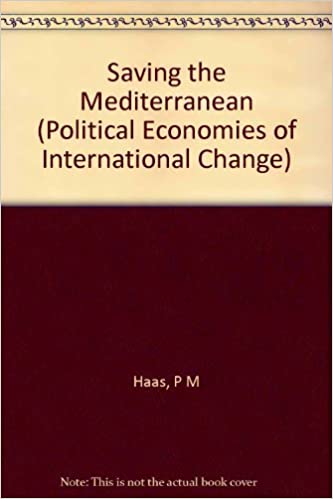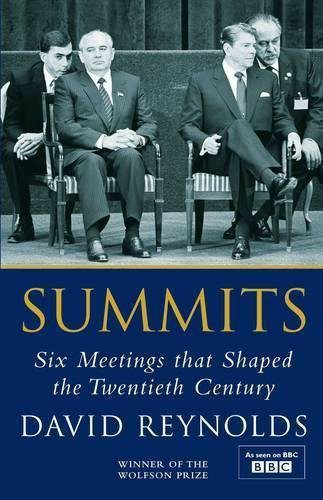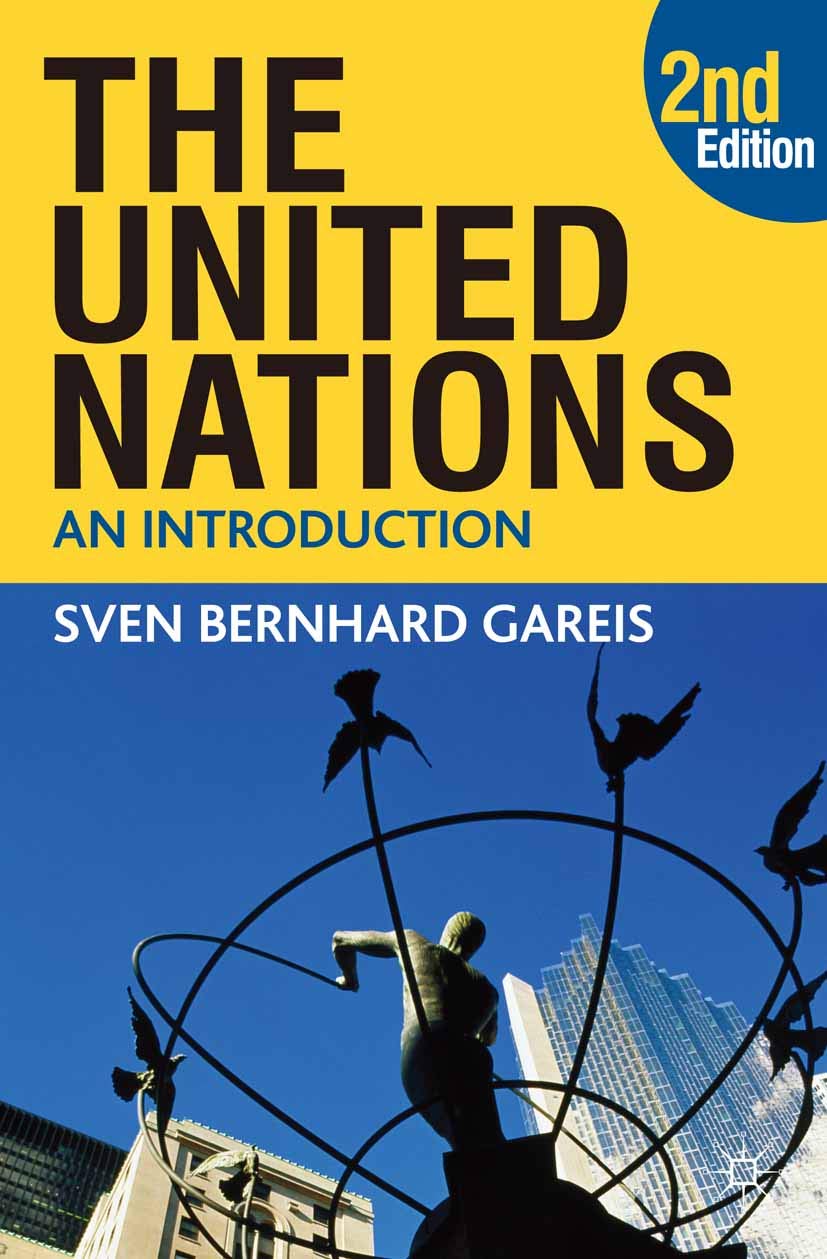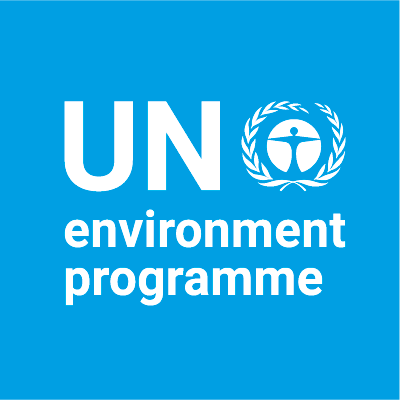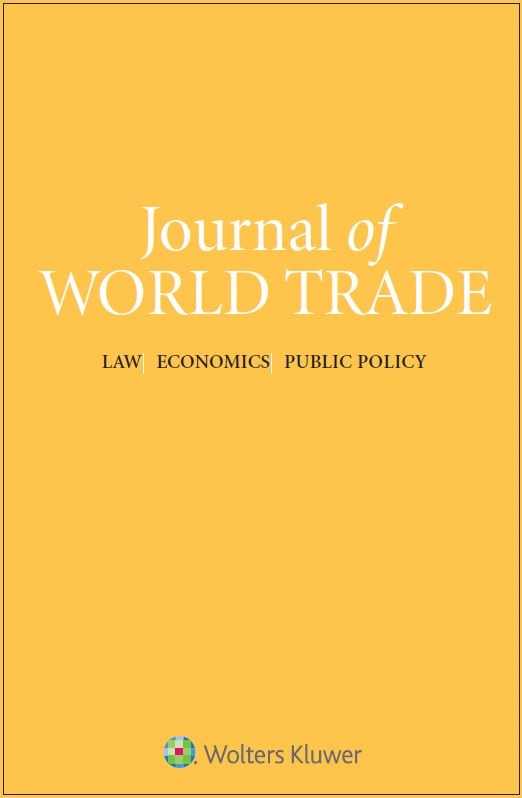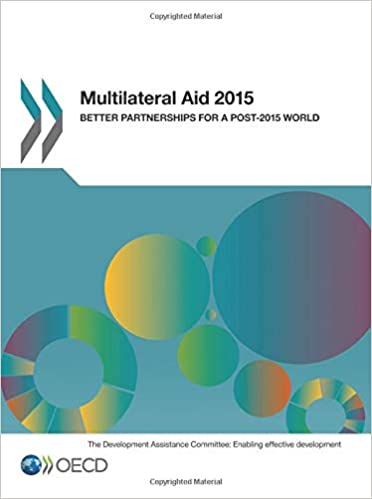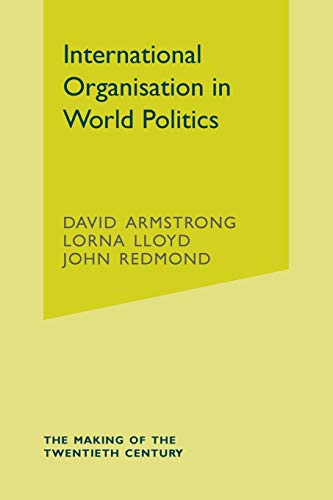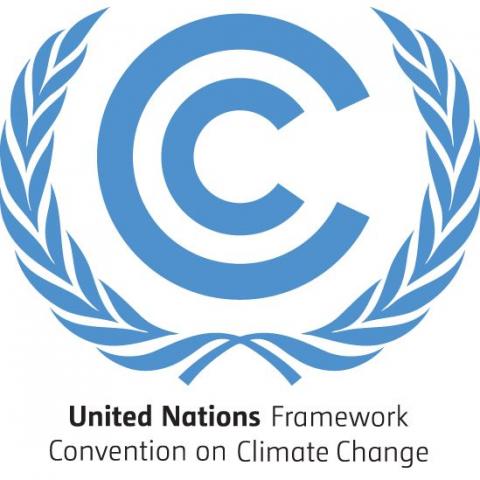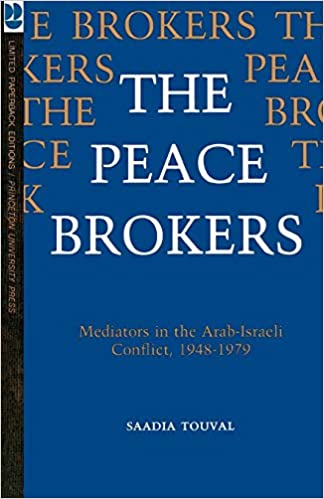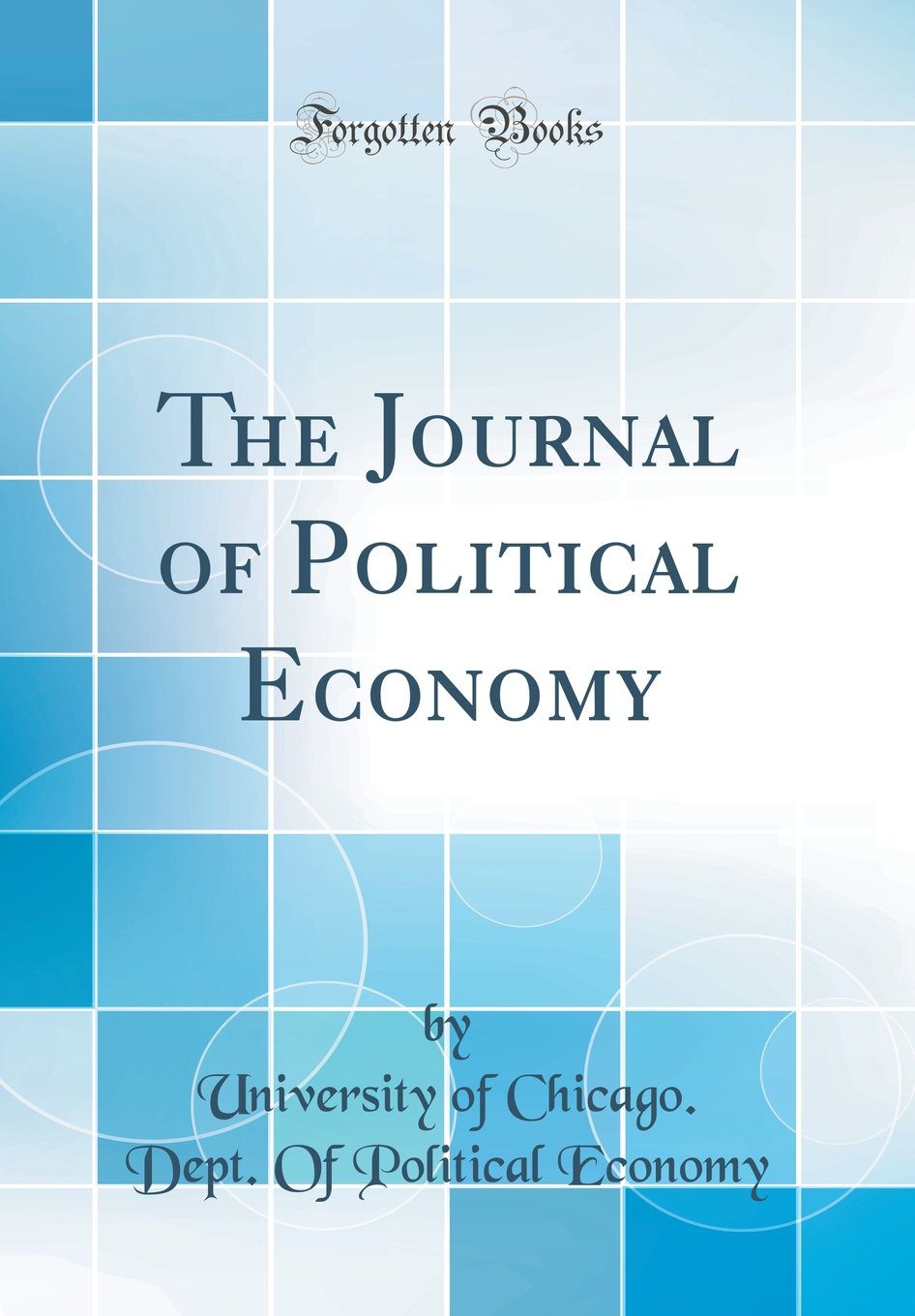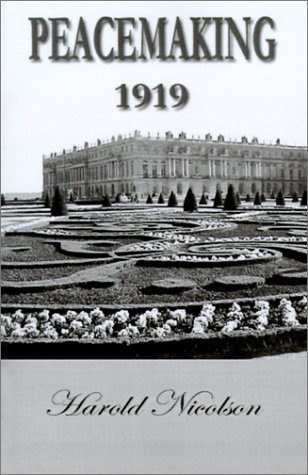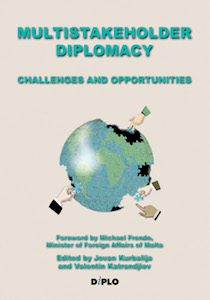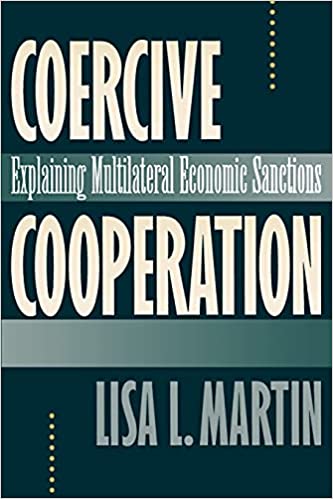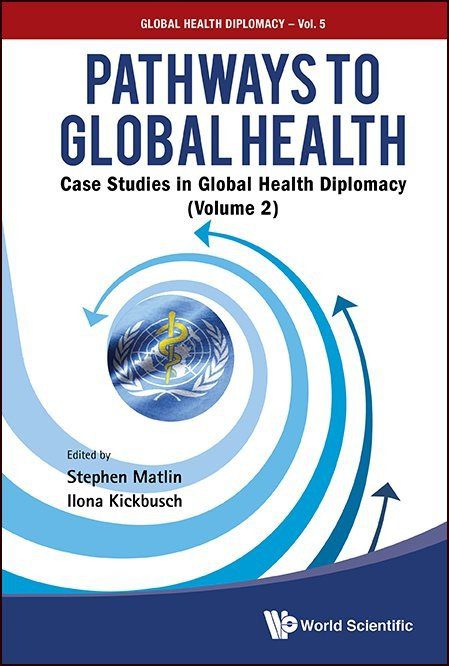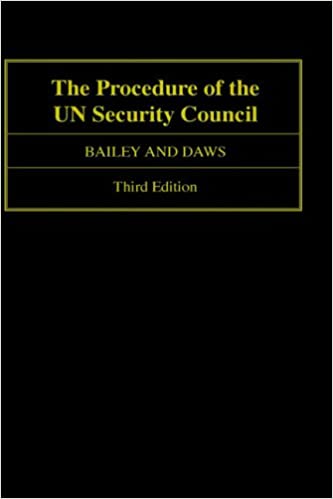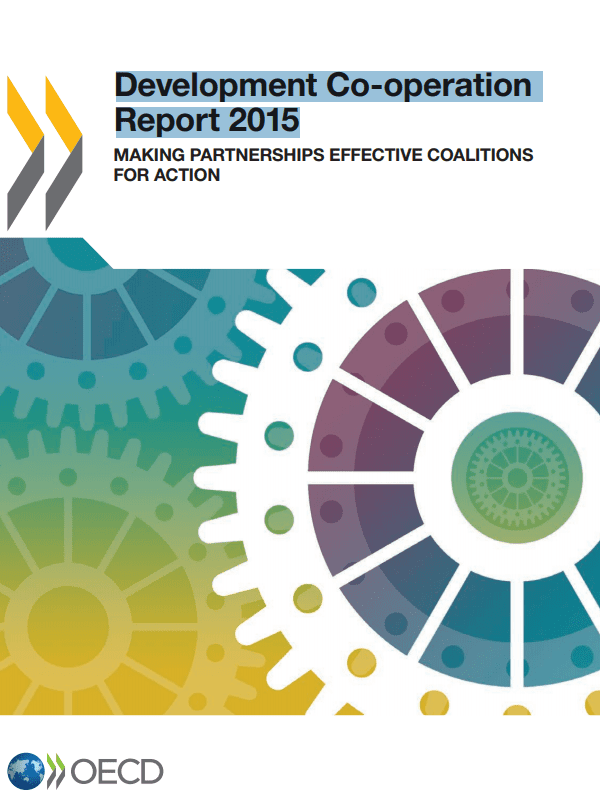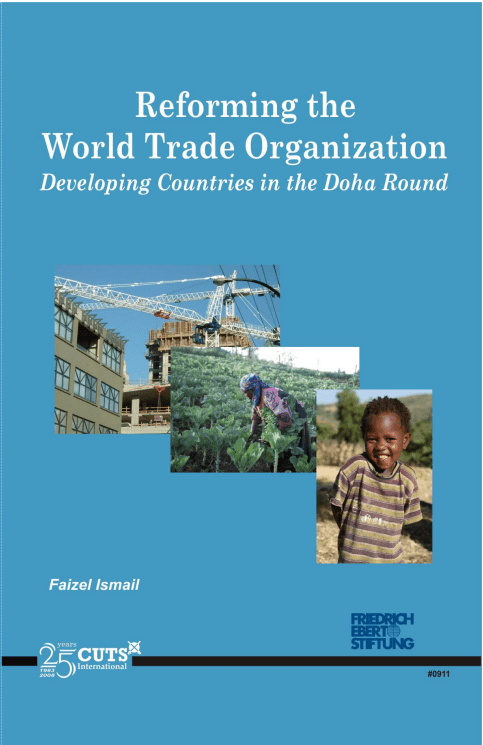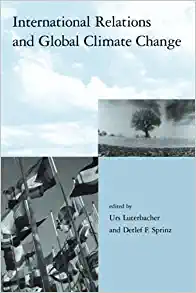Knowledge management in the United Nations human rights program is a relatively recent phenomenon. It may be said to be symptomatic of the evolution of human rights activities over the years since the adoption of the Universal Declaration of Human Rights in 1948. This evolution may be classified into three distinct phases. The first phase was the phase when the United Nations system was busy setting standards. The second phase is that when the system was seeking ways and means of obtaining the implementation of the standards, and the third phase is that when the system started to look at the ways in which it could apply its experience towards creating conditions that would enable governments to prevent negative situations of human rights from further deteriorating or from developing. The first phase takes us till roughly around the second half of the seventies, the second phase would take us to somewhere around the mid-eighties, and the third phase brings us to today.
In the first phase the characteristic of the flow of information was more or less outward: we had a core or nuclear idea which needed to be shared and developed into international standards of human rights. These standards would be universal standards and would apply to all persons. This first phase took about 25 years, and consisted very much of the process of defining where the sum total of the national values met around a common denominator, which was reflected in the standards of the Universal Declaration. So, this was a period of reflection, consultation, negotiation and formulation, and was dedicated to the immediate process of setting of standards. But it really never touched people; it really never touched the individual.
In the second phase we started to get close to realities. It was the time when we were first authorised by the Commission on Human Rights and later by the General Assembly to gather information; to go to countries to meet individuals. We were able to inform ourselves directly of realities in human rights situations and we started to bring that back and apply it to testing the standards that had been developed over the previous years. Of course, the situations that we tested were the very denial of the situations that were envisaged by those standards. So the gap was immediately apparent; seemingly impossible to bridge. This was the time when it was fashionable to call human rights situations, situations that were anything but human rights situations since, in fact, they were situations of violations of human rights. So we went around in a number of countries, all impossible human rights situations. This period taught us a lot in terms of the gap that we had to bridge between those realities and those standards and also it taught us the need to reflect on ways in which this gap could be bridged.
The second phase was interesting also because at this time we experienced a dramatic increase in information emanating from local groups, non-governmental organisations, both international and local. They were not all the most objective of sources, but the quality of the information was generally authentic, and in any event most useful in re-constructing the factual situation when direct access was denied us. To some governments, these were subversive or opposition groups, and hostile sources. We did not really let the terminology affect our work, because for all we knew, both sides were right. What interested us at this phase was trying to record and to get an idea of the experiences that were actually being made by people on the ground, and the reasons for those experiences.
This led us to the third phase, where we started to apply this knowledge that we were deriving from the information we were collecting, in order to try to find ways and means of addressing or redressing these phenomena. It should be understood that what was happening was an all around evolution and not an invention of the international bureaucracy. It was the international political consensus, if you like, the intergovernmental common denominator that was enabling us to move from the earlier stages of discussing theory to the testing of these standards against realities.
It is at this third phase, with the procedures that had developed over the years, that knowledge management became a necessity. These procedures all depend on the receipt and application of information. Since they had been developed over a number of years and through different processes, it was necessary to provide a common pool where this mass of information generated by these procedures could be located in order to facilitate its use.
What are these tools and where are these information sources? At the core is the human rights programme of activities and at the core of these activities are those necessitated by the six main international conventions. Of these conventions, we have the two covenants, the International Covenant on Civil and Political Rights and the International Covenant on Economic, Social and Cultural Rights.
The fact that there are two covenants—as distinct from one Universal Declaration is, of course, the result of an aberration that took place in the fifties, the division—artificial division—of civil and political rights from economic, social and cultural rights, a division that never reflected realities.
In addition to these two covenants, we have four conventions: the Convention on Rights of the Child, the Convention on the Elimination of All Forms of Discrimination Against Women, the Convention on the Elimination of All Forms of Racial Discrimination and the Convention Against Torture and Other Cruel, Inhuman and Degrading Treatment or Punishment.
The two covenants and the other four conventions each have their own treaty monitoring body, consisting of a group of experts elected by the States Parties. These treaty bodies review information contained in reports presented by States Parties and other sources; they are intended to conduct their work through dialogue with representatives of States submitting reports and in certain cases, with inter-governmental bodies and non-governmental organisations. They meet at regular intervals throughout the year and from time to time issue General Comments or make Observations intended to aid with the interpretation of provisions of the international instrument in question.
In addition, there are extra-conventional procedures, which are heavily dependent on information since they are fact-finding in nature. Today there are something like 50 such procedures, also known as ad-hoc mechanisms, that consist of Special Rapporteurs or Working Groups, some dealing with situations in specific countries, and others looking into certain phenomena. These have thematic mandates, so they look into such allegations as those of disappearances and arbitrary detentions, etc. They are intended to buttress the conventional implementation that I have just described.
The third procedure developed over the years, and most recently, is that of technical cooperation, under which the United Nations provides assistance to governments directly through the human rights programme, and less directly, through the rest of the United Nations system, to create conditions, build institutions, and strengthen institutions within their society for addressing potential negative human rights situations. Technical cooperation is, like the other procedures, heavily reliant on information and analysis.
It is relevant to mention here the developments that led to change in the support of these three principal procedures. These developments may be summarised by referring to four decisions, all of which were taken in the mid-eighties.
The first is the decision of 1986 to adopt the Declaration on the Right to Development—you would have heard a lot about it and some of you who are more familiar with human rights will wonder why on earth I am mentioning this one. Then there was, in 1987, the decision to set up a Voluntary Fund for Technical Cooperation, which permitted the possibility of applying extra-budgetary resources to institution building. In 1988 came the decision which authorised for the first time the undertaking of human rights education and training. This decision enabled us to develop the tools by which we could deliver the technical cooperation support. The fourth decision was in 1989, to convene the World Conference on Human Rights that took place in 1993, the second World Conference on Human Rights that had taken place in the history of the UN.
The reason for the convocation of a World Conference was the need for agreement on the priorities to be set in the search for the realisation of international human rights norms. The international community, having finished with the formal Conventions, having more or less saturated the potential for extra-conventional mechanisms, having tried technical cooperation, found the need to see where the international system was going; and during the three years of my life between 1990 and 1993 when I had the doubtful honour of coordinating the World Conference, we saw emerging around various regions this energy, as it were, to do something about human rights standards. In Asia, for example, the regional meeting in preparing for the World Conference in 1993 was the first meeting ever of the Asian Governments around a human rights agenda. The African regional meeting spun off some of the richest non-governmental organisations in human rights that we had not seen before. The same may be said with regard to the Americas; the regional meeting in Costa-Rica.
The preparation of the World Conference was a process which took the shape of a pyramid, consisting not just of intergovernmental meetings, not mere statements and declarations, but which took place through a very hard fought blow by blow process around the world in various manifestations. By 1993, when the World Conference adopted its Declaration and Programme of Action, it had in it a number of elements that enabled us to turn to a wider, more meaningful implementation of human rights standards.
This was essentially inspired by the fact that by that time the knowledge of the realities was such around the table that nobody anymore could deny that these issues could be seen as something that they were not. So you had a situation where, for instance, an inter-governmental body like the Commission on Human Rights took up issues which a few years earlier were unheard of.
When I started as Secretary of the Commission on Human Rights in 1978, it was my duty to advise the Chairman to stop a speaker, to cut the microphone for any speaker who mentioned a country by name. Today, virtually any human rights situation, any situation that has a human rights aspect to it, one way or the other is taken up in the same body: it is not solved, but it is addressed and the governments concerned respond on the merits. Even though some issues may not lead to decisions of substance because of procedural preferences they are on the table and they are addressed in substance.
The World Conference produced a clear priority for democracy, development and human rights. Governments gave themselves an agenda—whereby they could now address human rights in a much wider, a much more total context. What was missing was the institution and that was taken care of a few months later when the Office of the High Commissioner for Human Rights was set up, in December 1993. This created the vehicle which would clear the way for this process to realise itself.
As soon as this institution was set up, it became necessary to re-structure the secretariat to enable it to support the High Commissioner’s mandate in addition to carrying out its earlier functions. It was possible for us to start examining that information and that knowledge that we had acquired over the preceding years with a view to applying it in a constructive and forward looking manner.
In order to do that we devised this tool called “Huricane”, which stands for Human Rights Computerised Analysis Environment. Huricane was set up in order to enable us to marshal the information that we had been accumulating over the years; to set up a system for receiving information in order to create a common pool to serve all the activities of the human rights program. Moreover, it is intended to serve as a tool for monitoring the status of realisation of the right to development.
Huricane consists of eight databases serving as baskets for storing information. These eight databases, once Huricane is complete, will be interrogated by a search engine that we are developing, that would enable us to re-construct the picture in regard to the situation of civil, cultural, economic, political or social rights. This would enable us to assist governments in their efforts to create the conditions to enable them to meet their international human rights obligations. (The order of the rights—alphabetical—that I have just used is, in itself, significant, since it underlines the integral nature of the five groups of rights.
It is worth mentioning here, by way of parenthesis, that the resolution establishing the High Commissioner for Human Rights was the first in several decades that used this order. In the last decades it has become accepted to refer to human rights in two distinct groups: civil and political rights on one hand and economic, social and cultural rights on the other. The significance in the use of the alphabetical order is in the fact that this was symptomatic of the change of culture of human rights that was taking place—the return to the “integrated” approach to human rights.)
Huricane is made up of two types of information. One is the information that exists on the public media, such as the World Wide Web and the other public sources, and the other one is the information on our Intranet, the internal web where we store our own information. The idea was to try to bring the information more or less on the same manageable level. So we had to identify the common attributes, such as the human rights subject, the mandate or legislative authority, and the country concerned.
In order to obtain a first list of relevant subjects, we examined the work of the Commission on Human Rights over the preceding 20 years and drew up from the work of the Commission what we felt were the key-subjects that the Commission had taken up over that period. Hence you will find a wide range of subjects like asylum, internally displaced persons, fair trial, right to food, etc.
Having done that, we then identified its components. Component number one was our Treaty Body system. It should be kept in mind at all times that the raison d’être of the United Nations human rights programme is the international legal regime of the International Bill of Human Rights. Governments ratify conventions and undertake obligations under which they have to report, and it is our duty to make sure that we make this process fair and feasible for governments.
Now, during the early years, when the treaties were still in their post-adoption stages, the focus was on ratification by governments. There was therefore a need to provide governments with the knowledge and means to meet the obligations that they undertake when they ratify an international human rights treaty. Thus, this first database in Huricane contains all the information relating to the status of these treaties, such as details on each of the ratifications, including reservations, reporting status, and so forth. The full text documents are then included whenever they make reservations etc.
The next database contains the second component. This is made up of documents prepared for the so-called charter-based bodies, viz. the Commission on Human Rights and the General Assembly. This one is designed in three languages and it has the possibility to incorporate internal documents such as reports that we get from our field offices (there are 22 such offices), reports from evaluation missions, and other such internal reports.
The third component is our digital registry. This contains incoming mail and copies, or evidence of the follow-up that is given to this mail. This is done by scanning in the hard-copy mail, which enables it to be accessible to everyone on his or her screen. So far this covers mail coming in through the mail-room. Correspondence coming in through fax lines will be integrated through the installation of a central electronic fax server that will receive messages and direct them into the registry system.
This will also have the advantage of avoiding the diffusion of multiple copies of hard copy of the fax traffic. It ensures monitoring of correspondence for follow up and continuity. It also makes it possible to follow correspondence attributed to others; these views are organised by the date of the registry, by registry number (the date and number are entered electronically), by the date that it was sent, by sender, by country or by mandate (subject).
The fourth component is the News/Statements Database where we have selected certain news sources which are relevant to the subjects making up the menu that I referred to earlier. The other components are:
- Communications Database. This is the database where individual complaints received under the established procedures are stored. These are confidential procedures that governments have devised either in the Commission on Human Rights, or in a human rights treaty.
- External Sources Database. This is a bibliographical source which we use in order to make sure that we also have outside material that is, in some cases, also retained in full text.
- Thematic Mandates Database. This database contains the material that comes in from the so-called Athematic mandates. These are procedures established by the Commission on Human Rights to look in to allegations of violations of certain rights, and include allegations of enforced and involuntary disappearance, arbitrary detention, summary or arbitrary execution.
The sum total of information stored in these databases embraces human rights standards across the board. The multiple database search engine makes it is possible to draw up a profile that enables a reconstruction of the sum total of the human rights picture.
The search engine enables two types of searches, one by country or human rights subject and the other one permits full text retrieval.
Now you see, in fact, what we are doing is simply organising and applying the experience that we had made over the years. I will wind up with one example. In developing our tools for training—we were only authorised to do so as of 1988—we had to start with those sectors of society that were more likely, by virtue of their office, to be in contact with larger groups of people. So we started with the Administration of Justice sector, and specifically, law enforcement. In this group, we also had to address the human rights training of the armed forces. This was in 1994. This represented a formidable task, knowing full well how difficult the military culture, the armed forces culture, had been for us traditionally to assimilate to the respect for human rights. Thus, in order to overcome this barrier, the first thing we did was to look at the experiences that had accumulated over the preceding twenty years, which would show what we considered as negative situations of human rights resulting from or attributable to, in one form or another, armed forces behaviour.
Having done so, we brought together twenty or so military persons, of various ranks and backgrounds, for a week to Geneva and we shared these experiences with them. From these discussions there emerged three types of situations where military behaviour was directly related to human rights situations, and which could form the basis of a human rights training program for armed forces personnel. The first was the situation illustrated by the Chile case. Chile was a very good case history because you had a government that was taken over by the military and substituting the government structure. You had generals who were government department ministers. This was hypothesis number one.
Hypothesis number two was when the armed forces were called in to perform what were normally considered as police duties, like crowd control, where, being trained as soldiers, they applied their training and caused loss of life and limb. And the third sector was the behaviour of armed forces in peace-keeping operations, where, even though the colour of the cap had changed, the training had not—and therefore the resulting behaviour was still not very different from what it would have been during normal service, at least in some instances.
This exercise consisted of—no more and no less—simply sharing with them what we knew from the preceding twenty years. And they did not like that, since their military training and culture was intended to prepare them for loftier goals. Since that time we started working on developing a module for training. What had seemed impossible became very likely, simply by the application of facts; letting the facts speak for themselves.
This is the philosophy behind Huricane. Its purpose is no other except to enable governments to ascertain for themselves the relationship between a given situation and the international standards to which they have adhered, not in an accusatory or punitive sense, but in the sense of prevention, of enabling the creation of conditions to address and redress negative situations of human rights.
